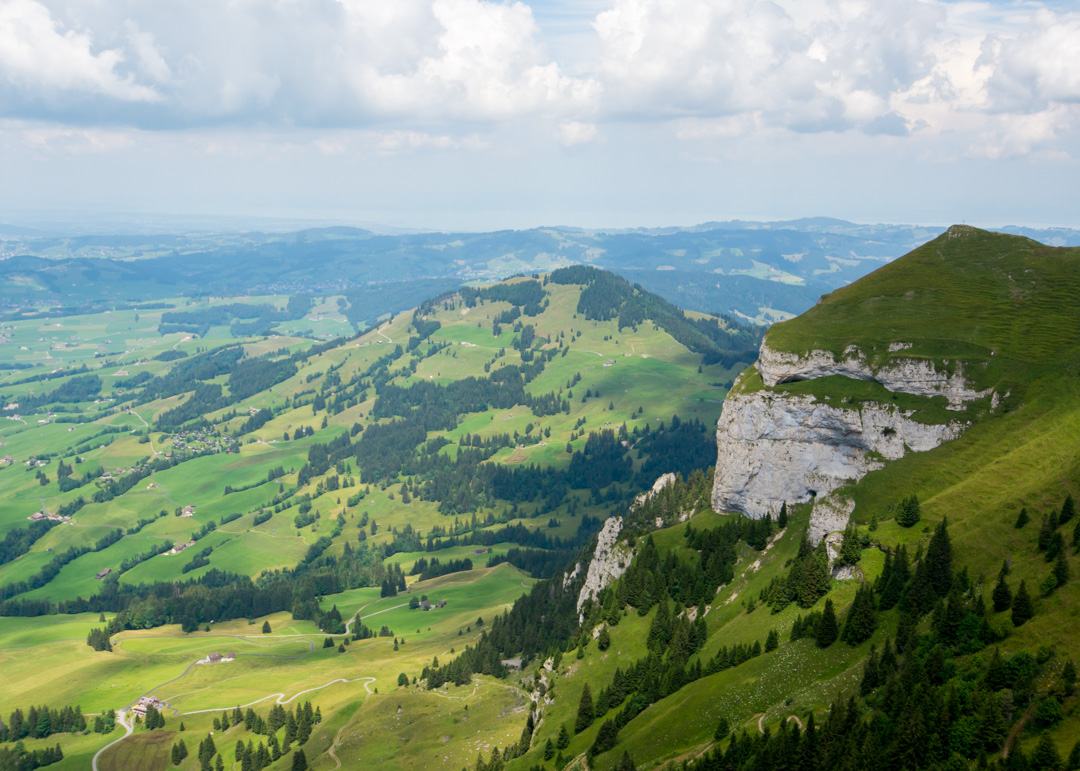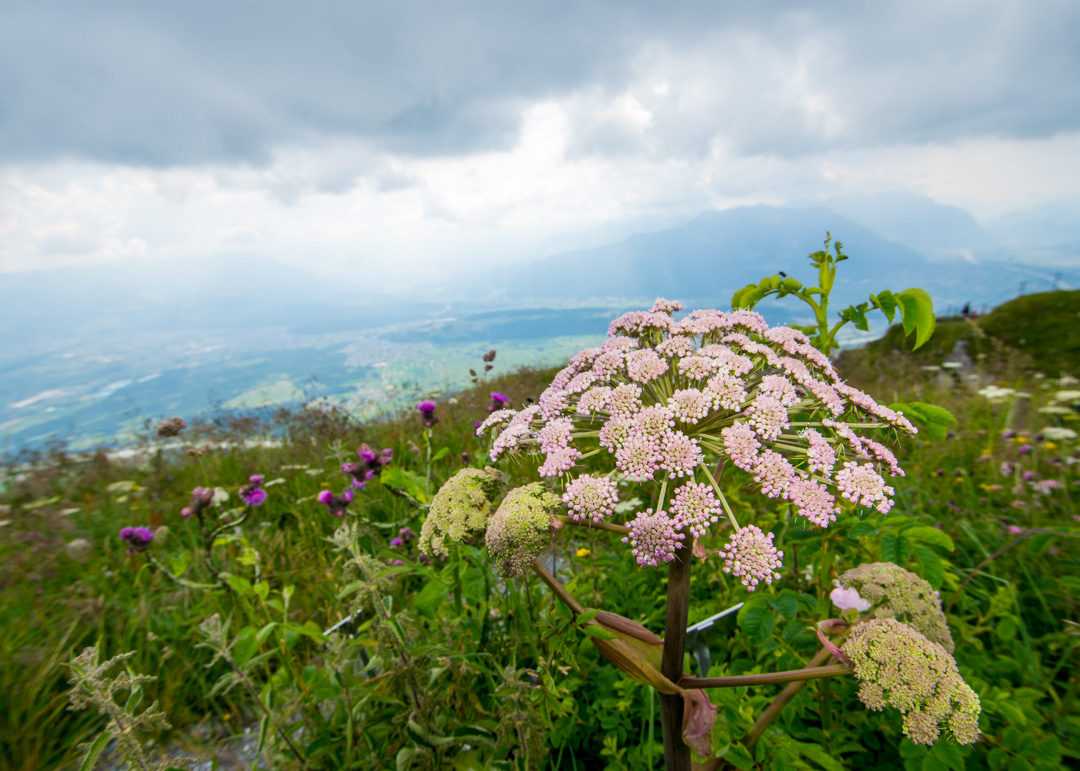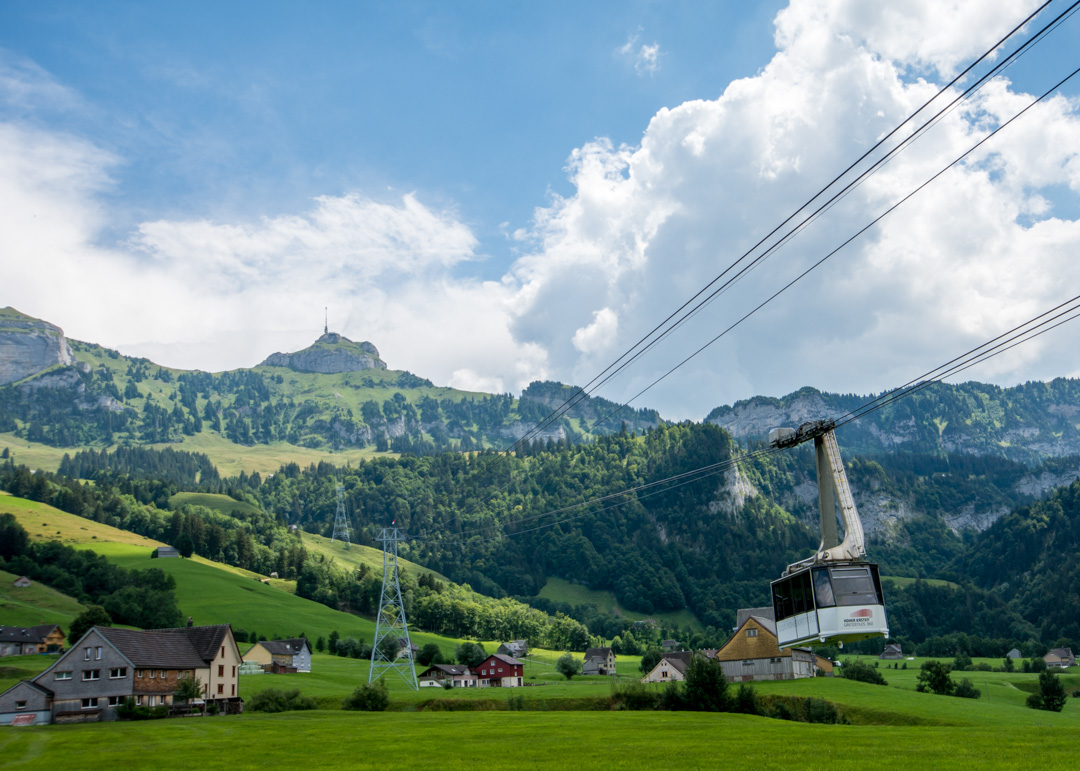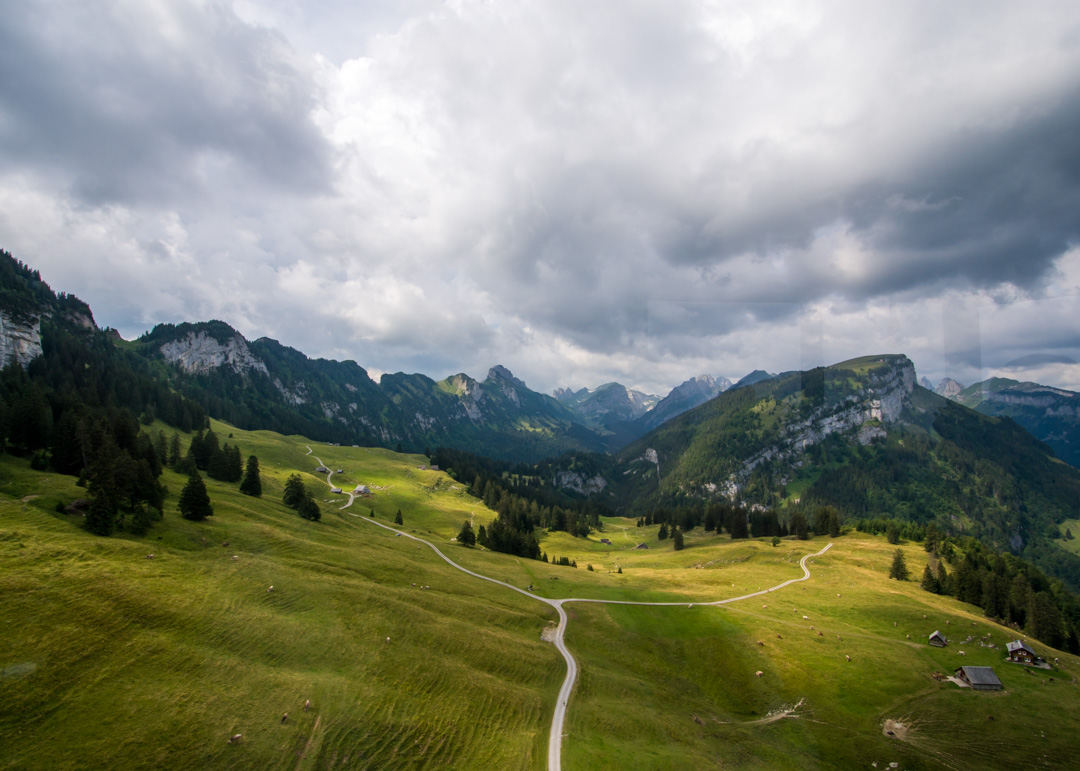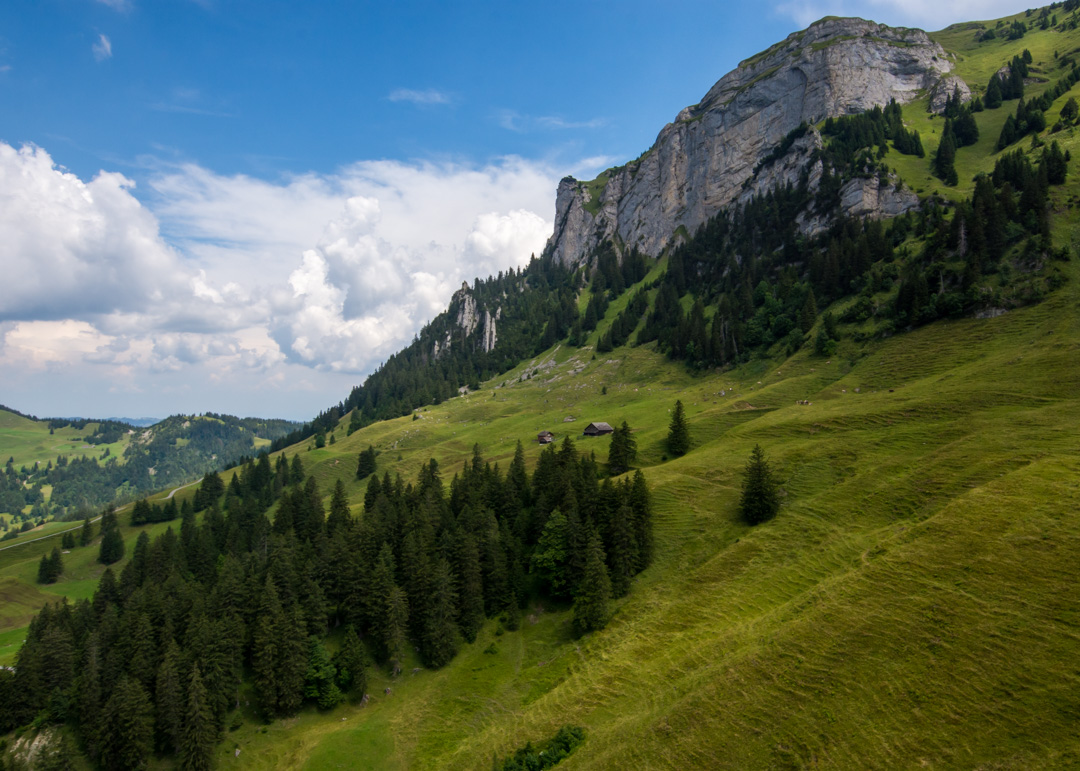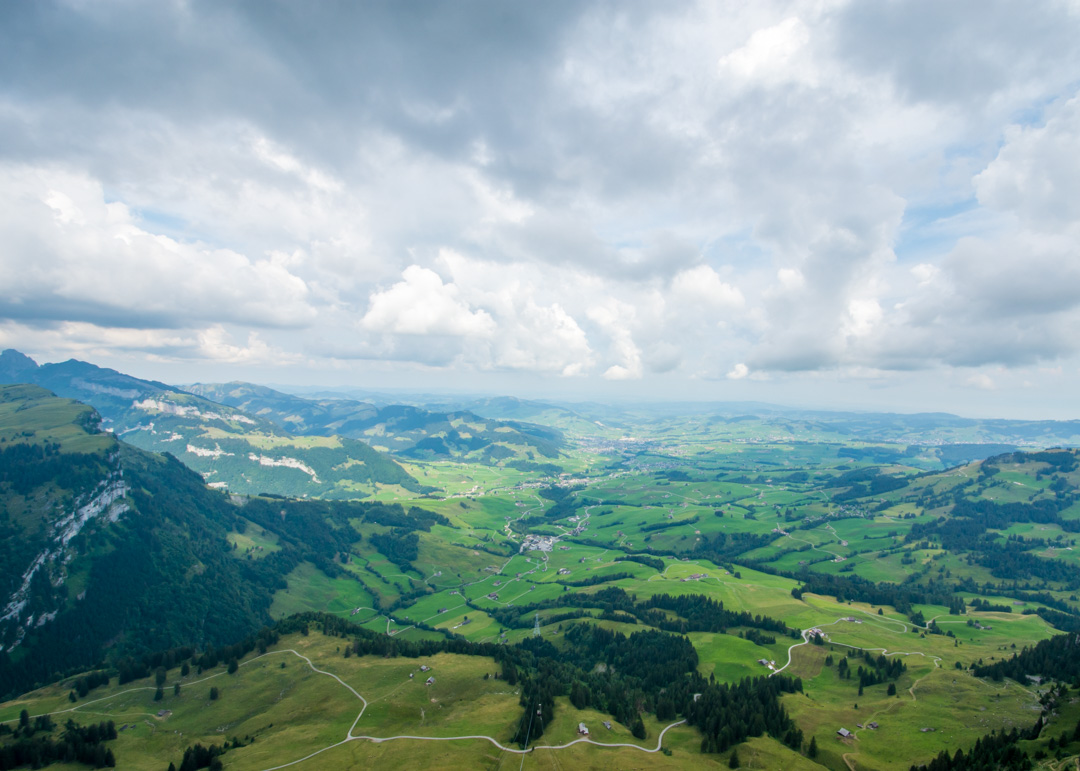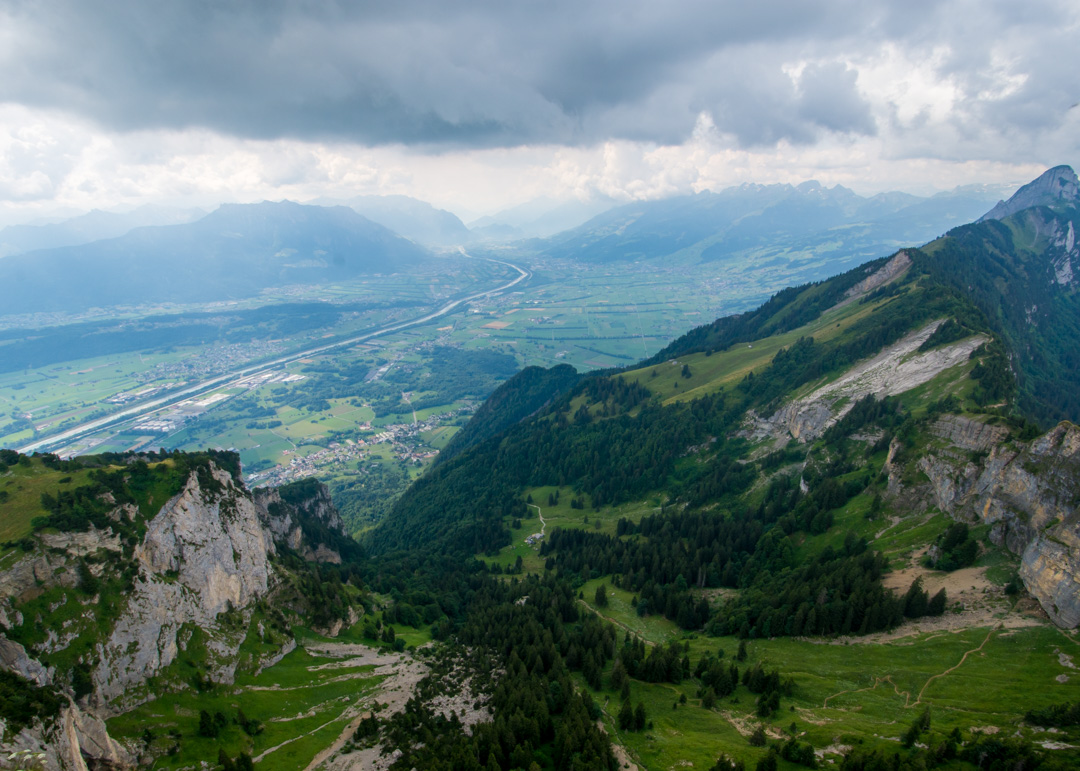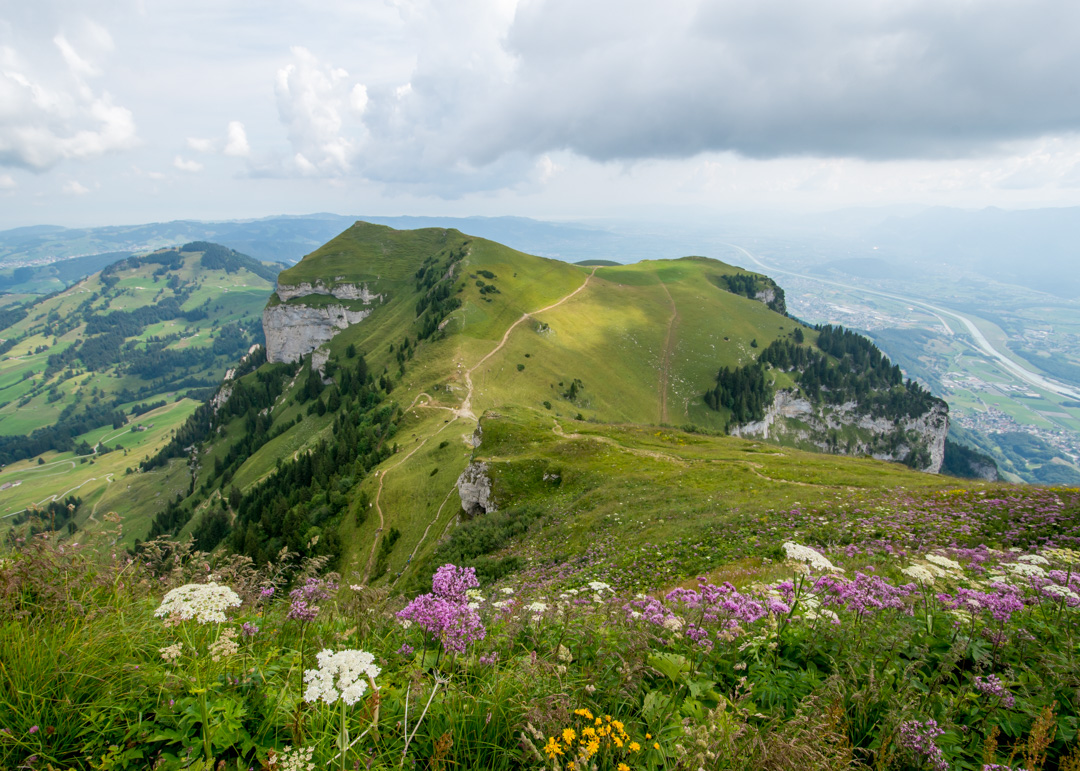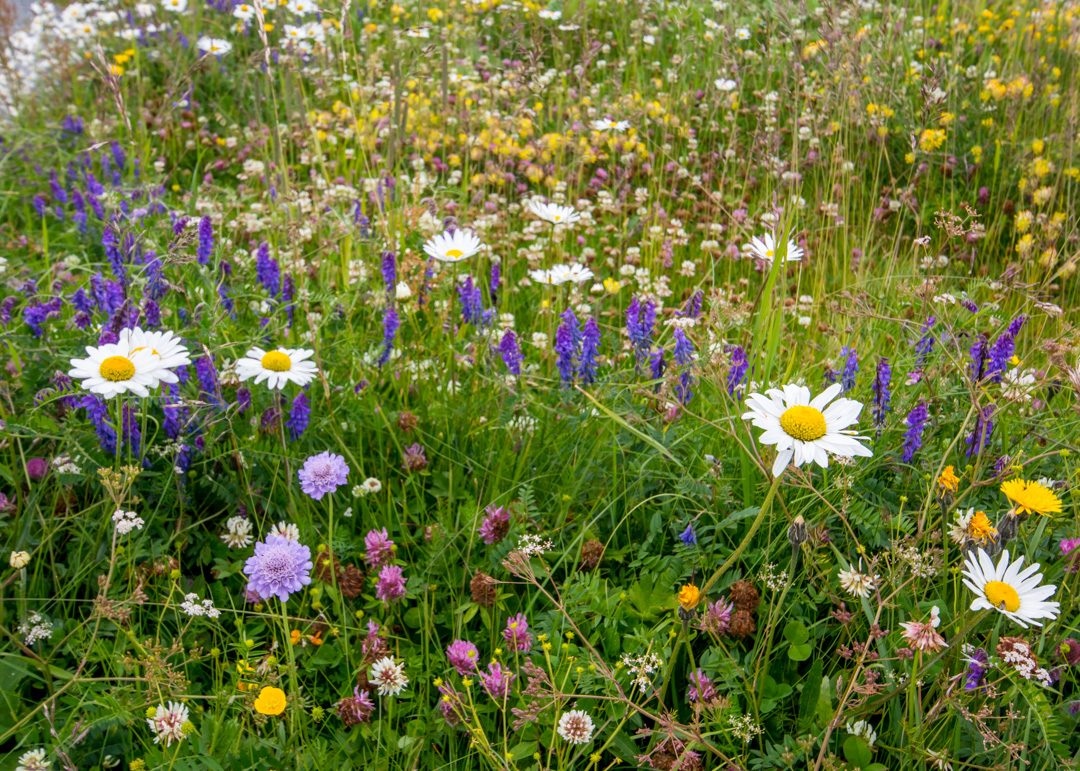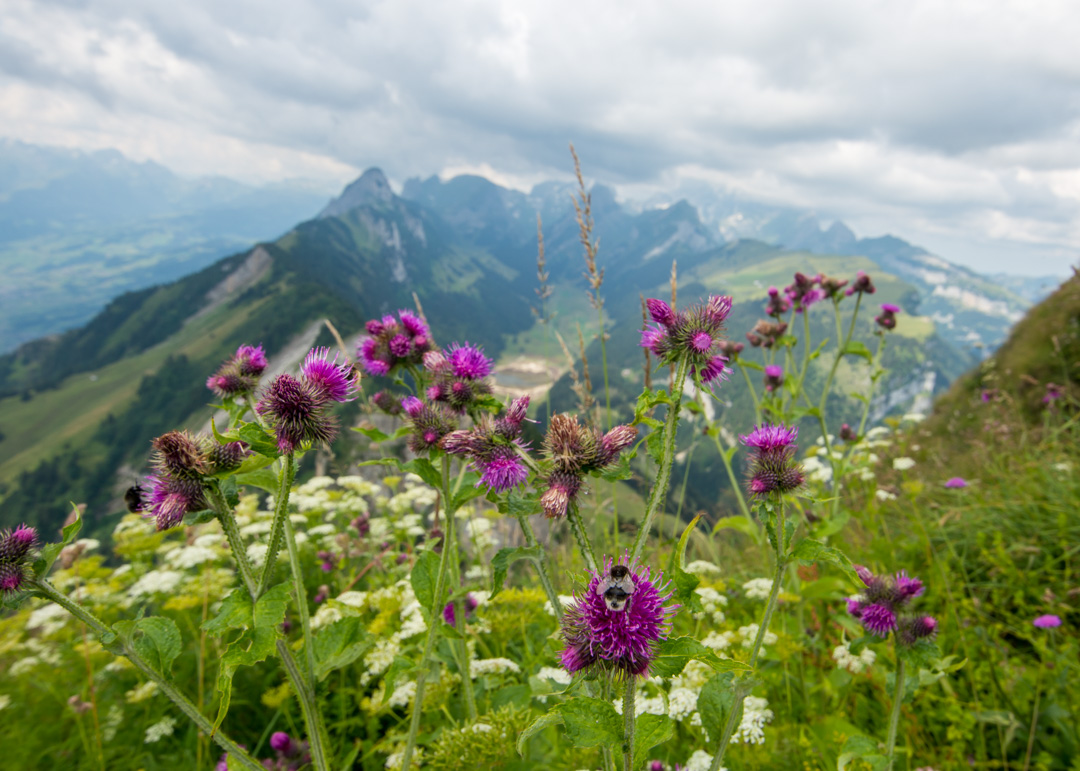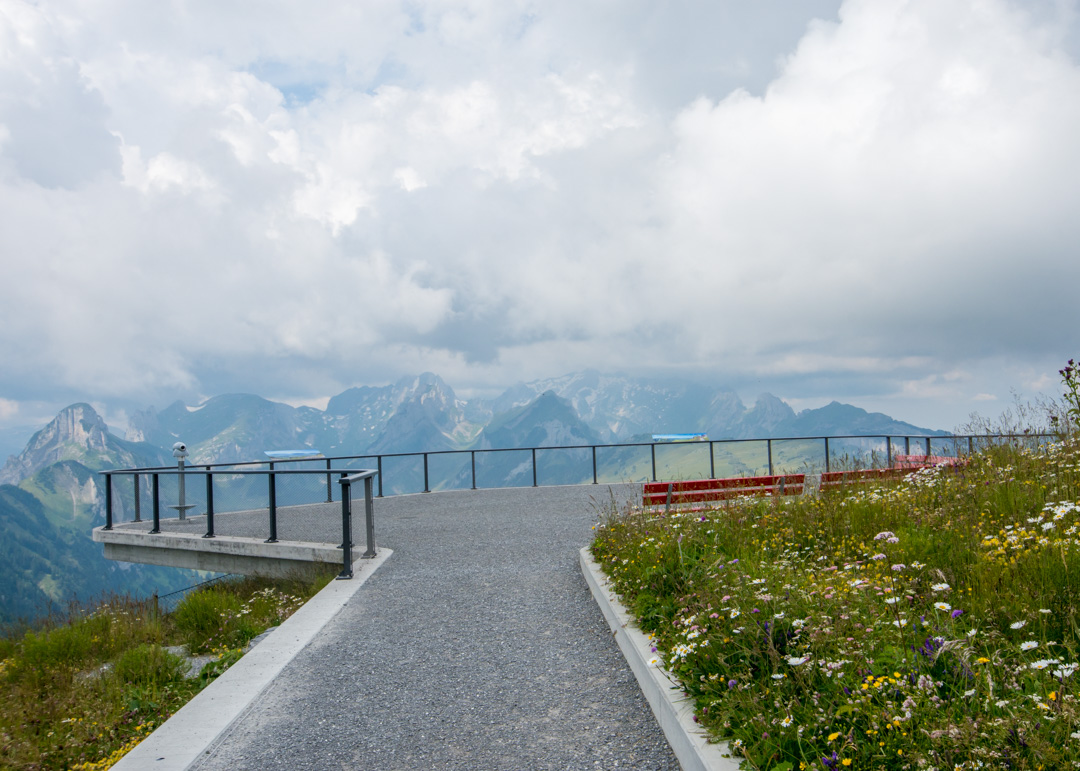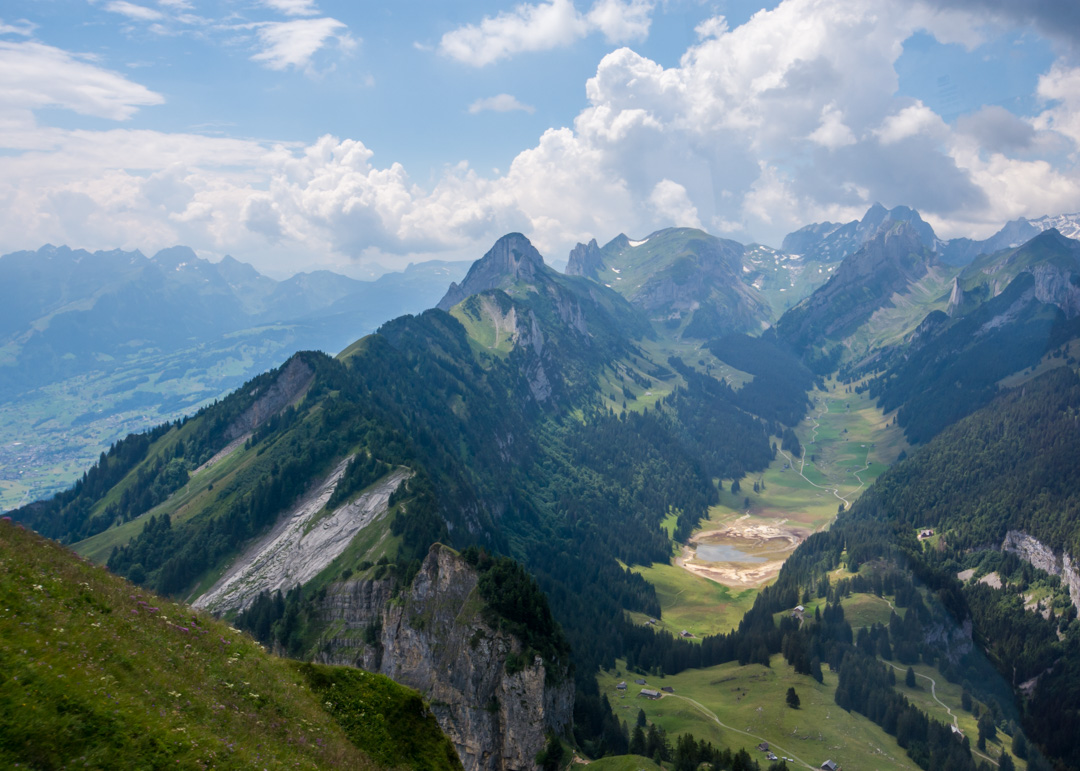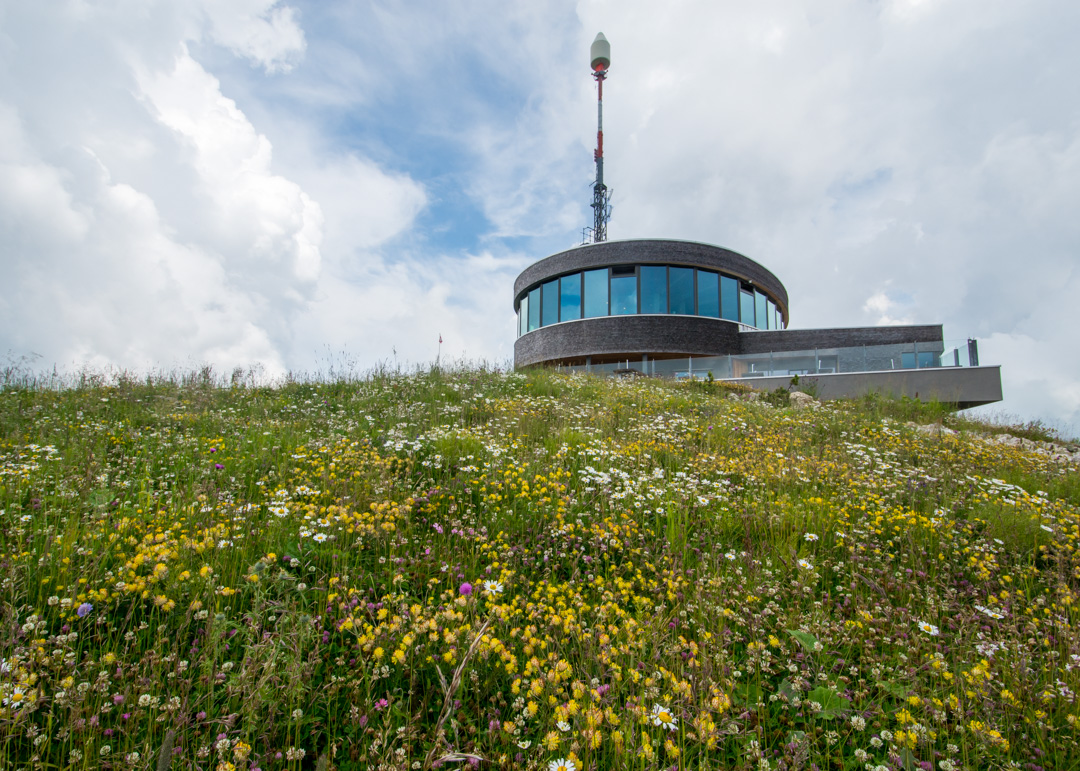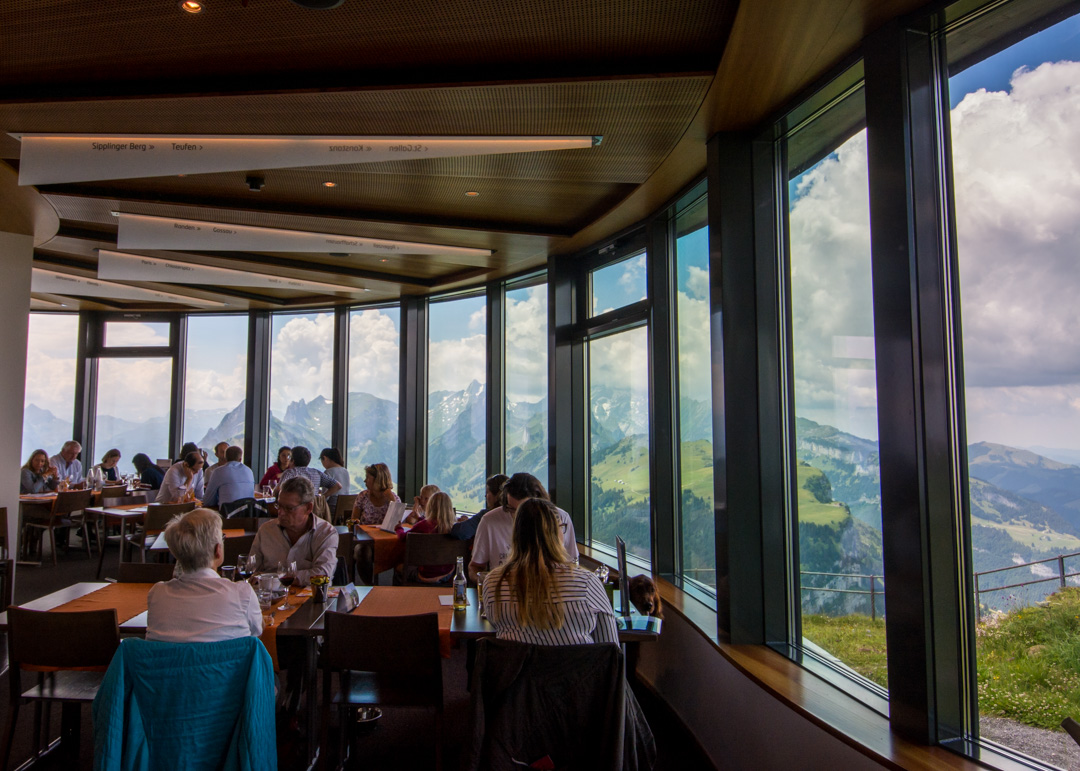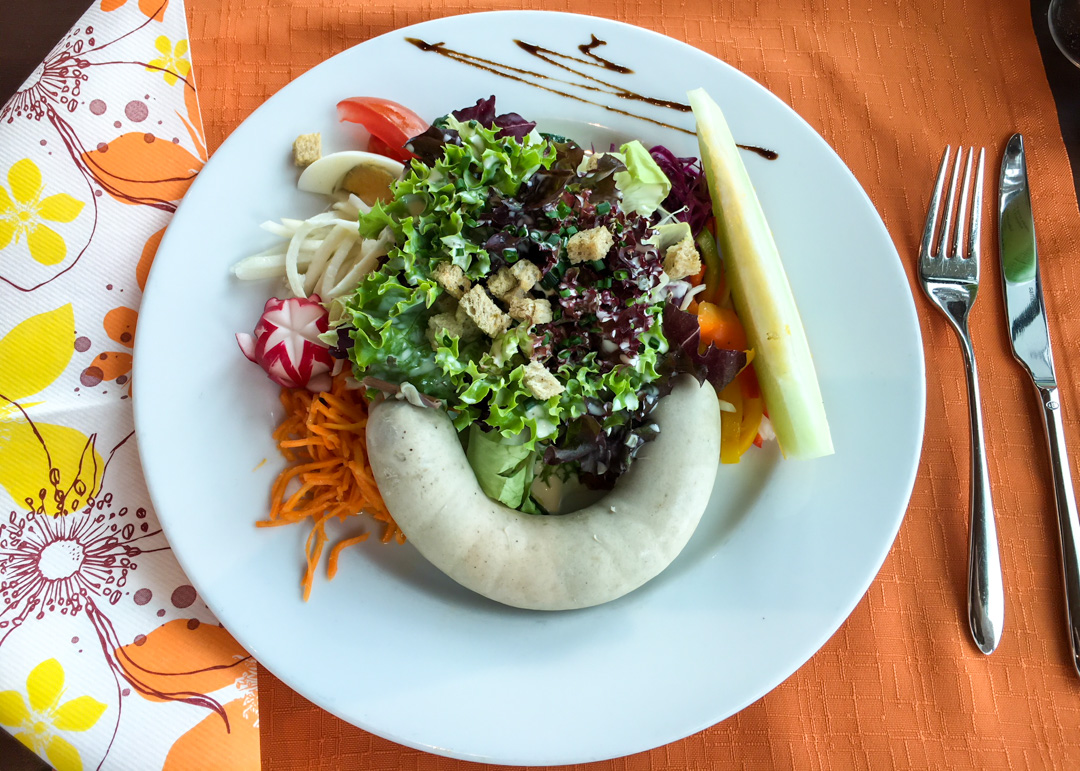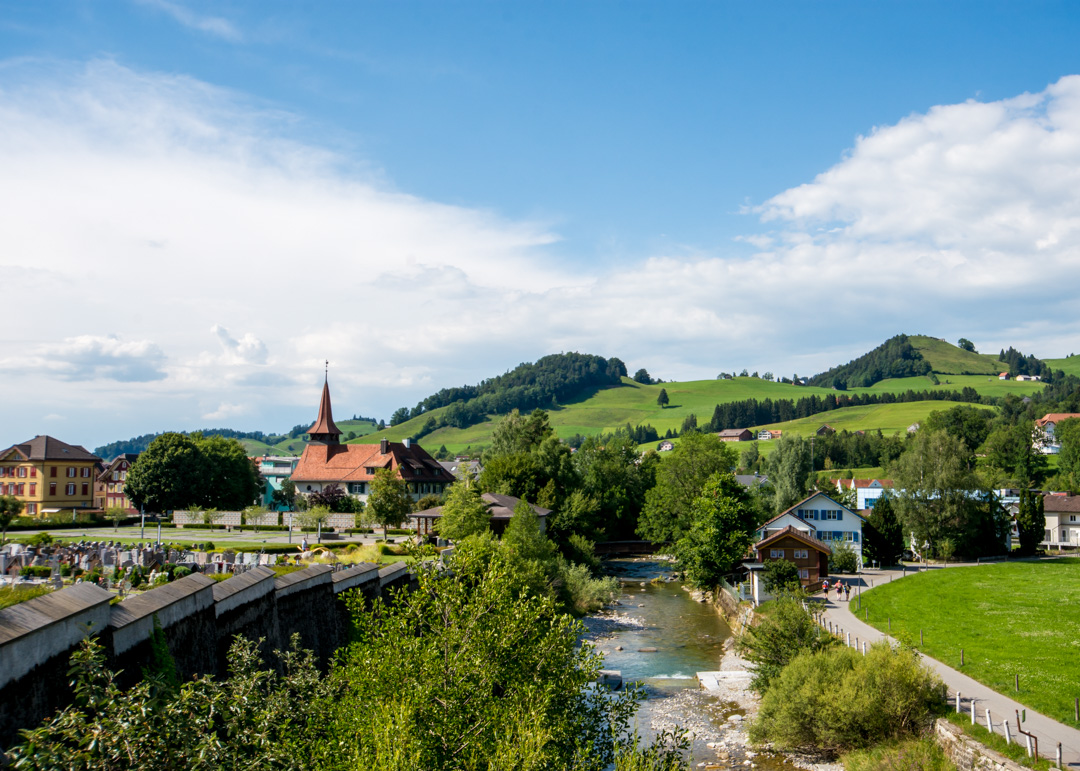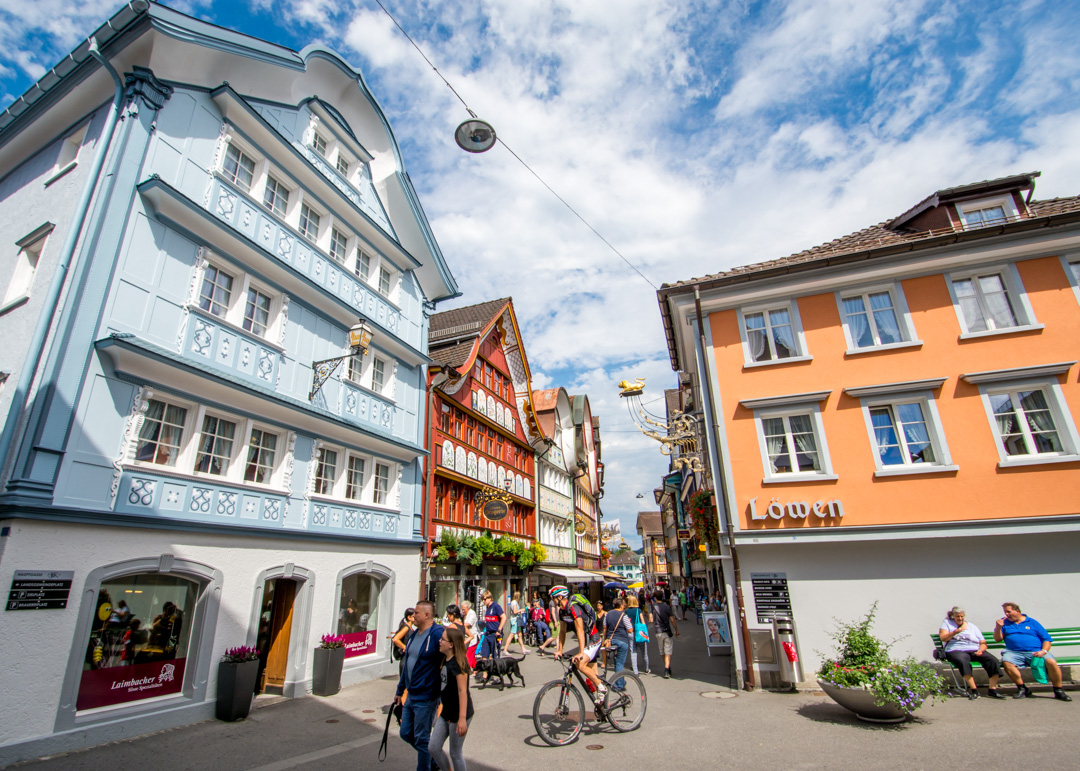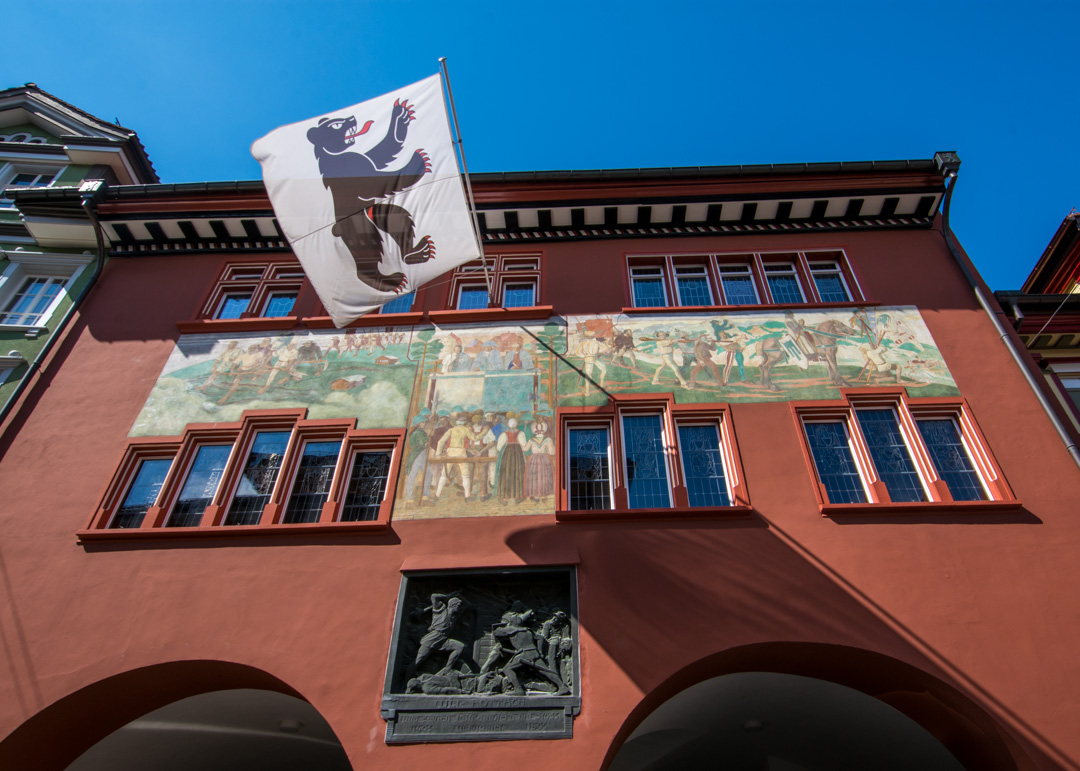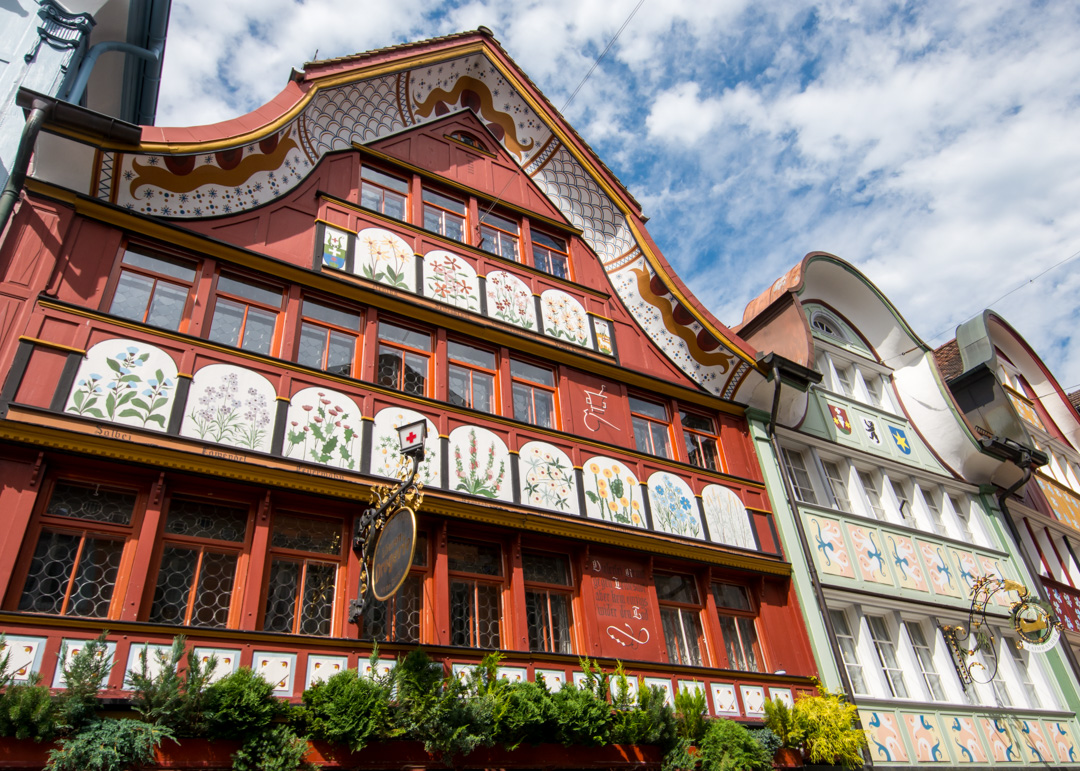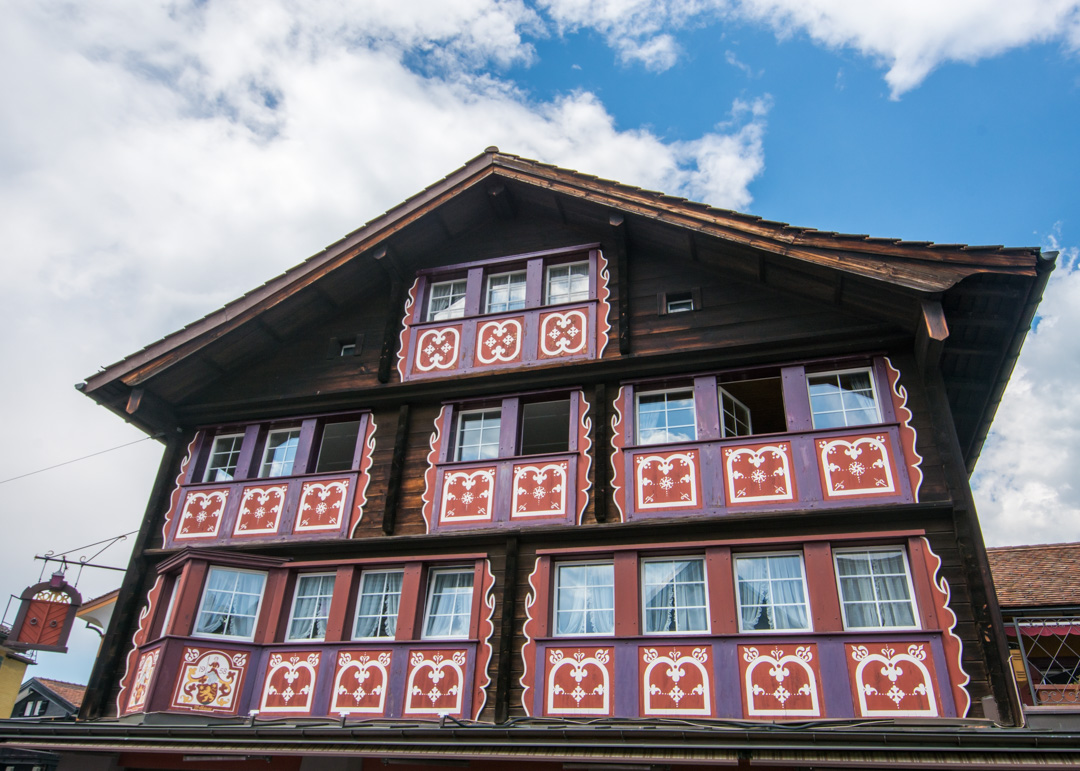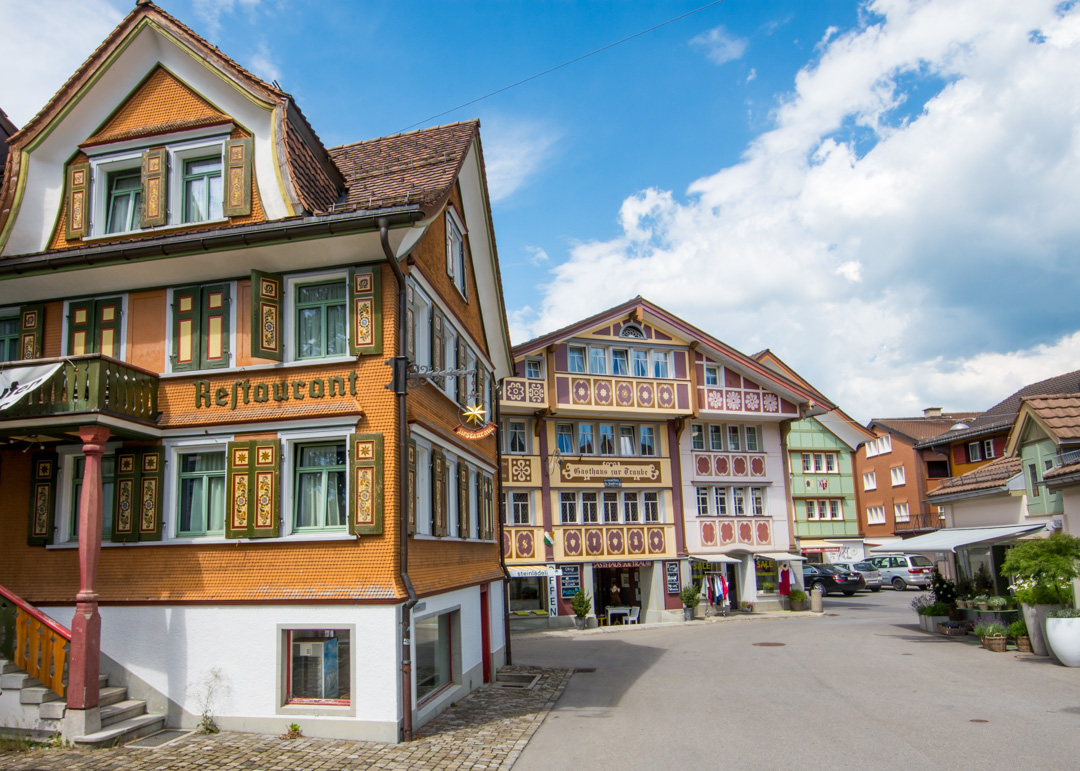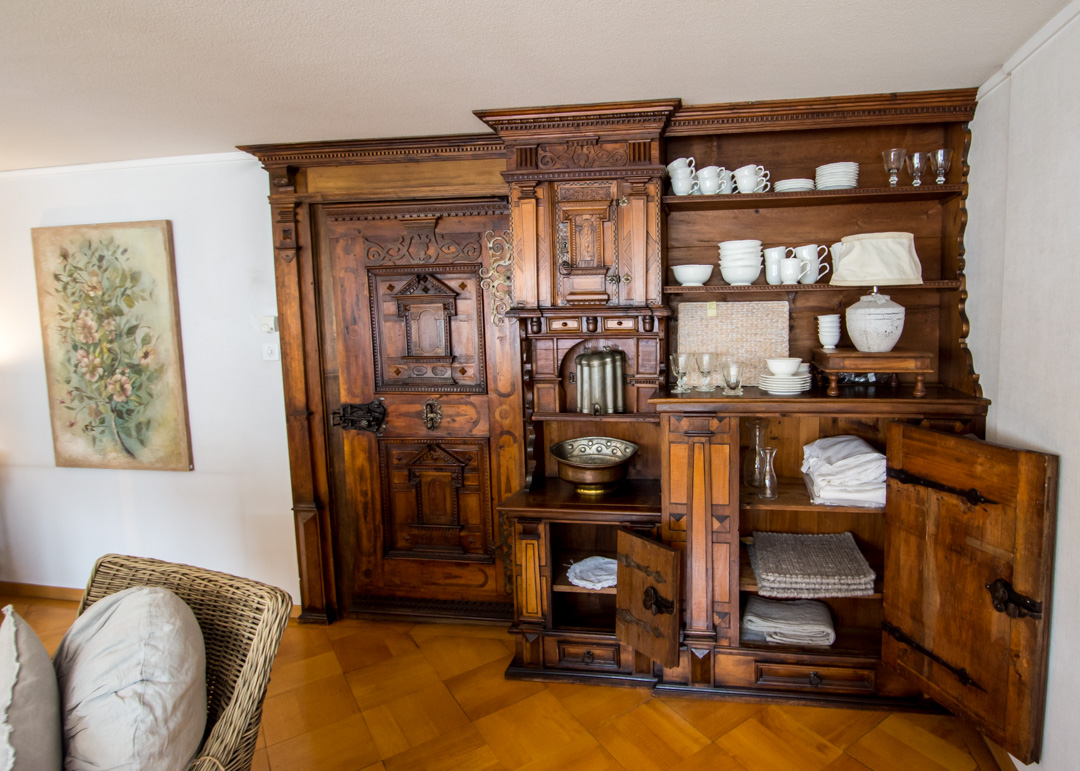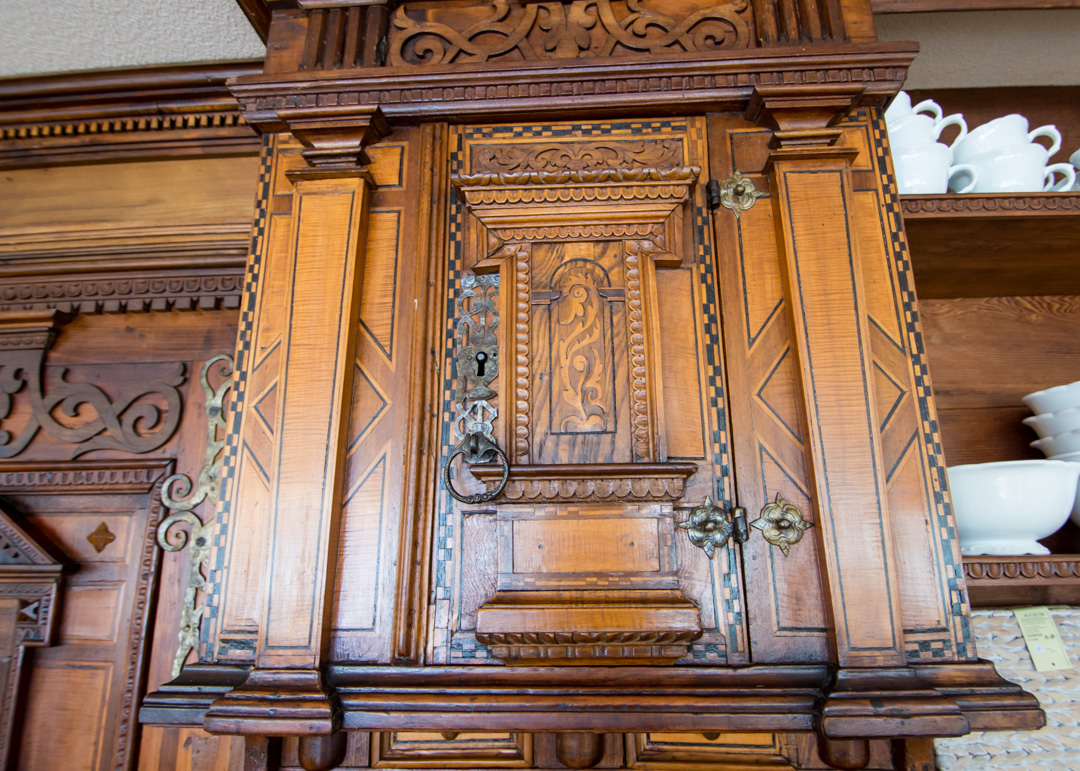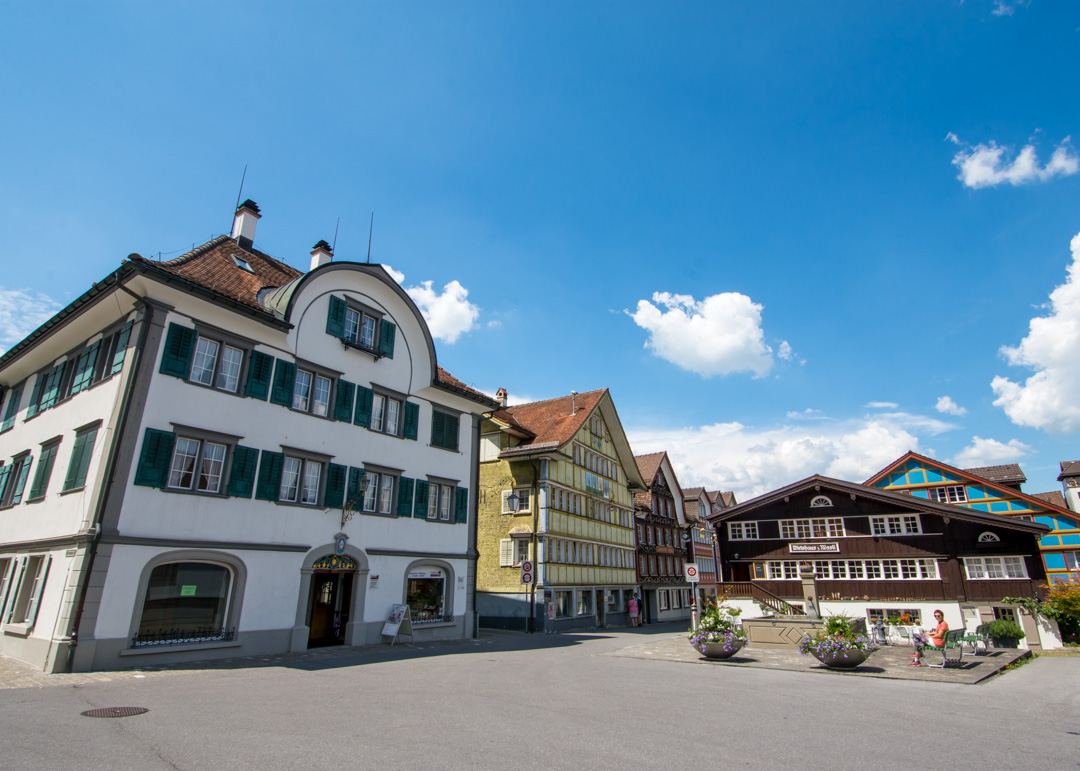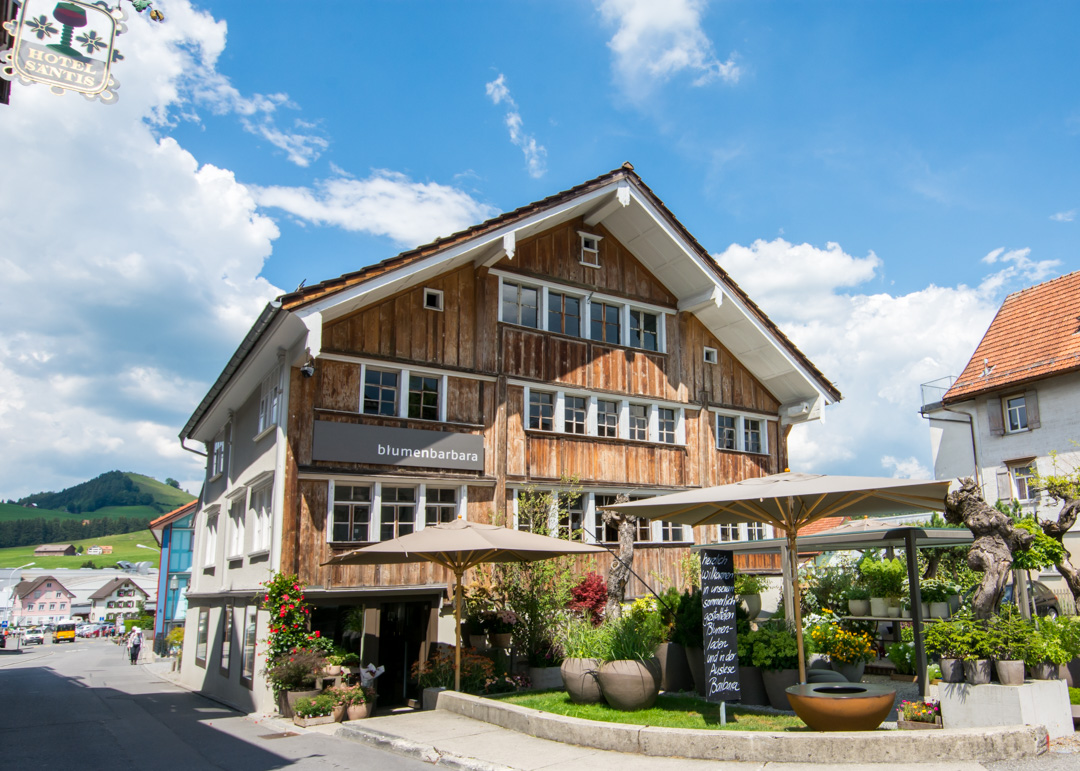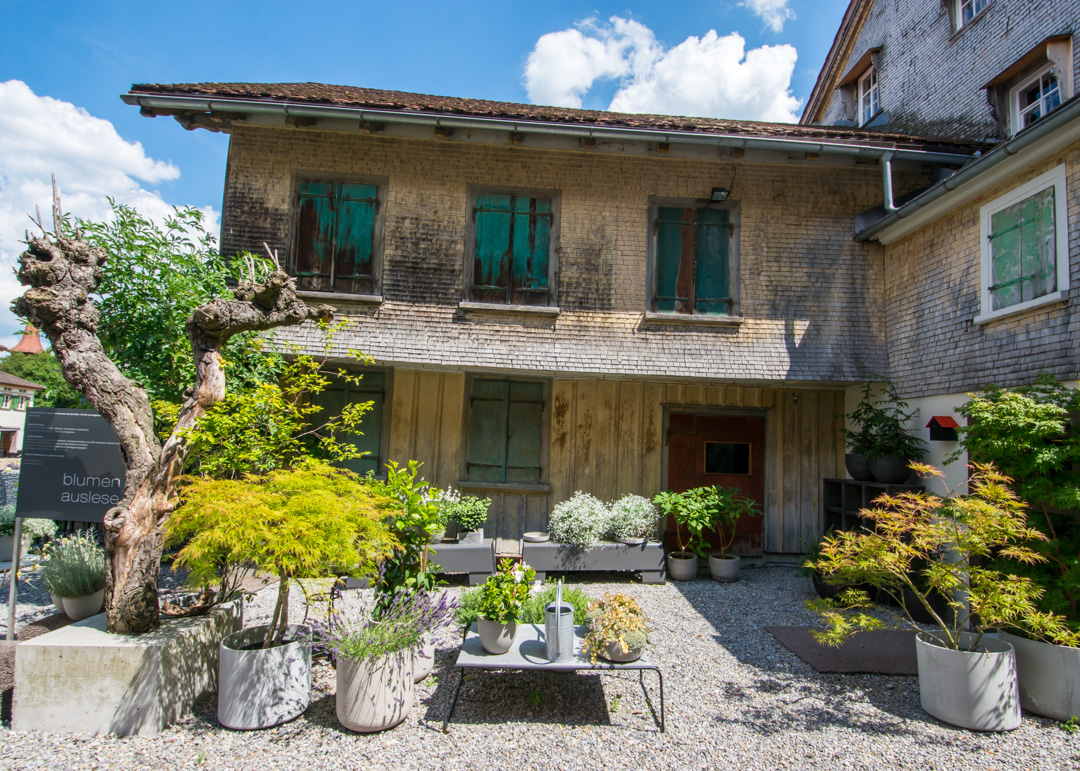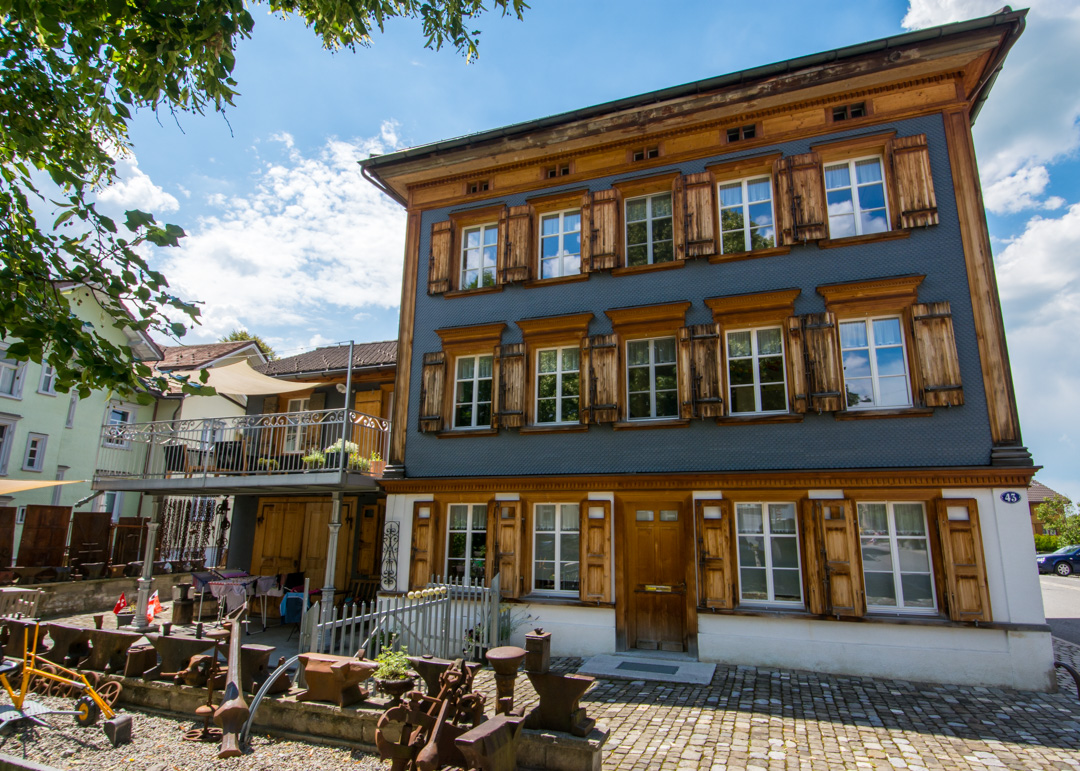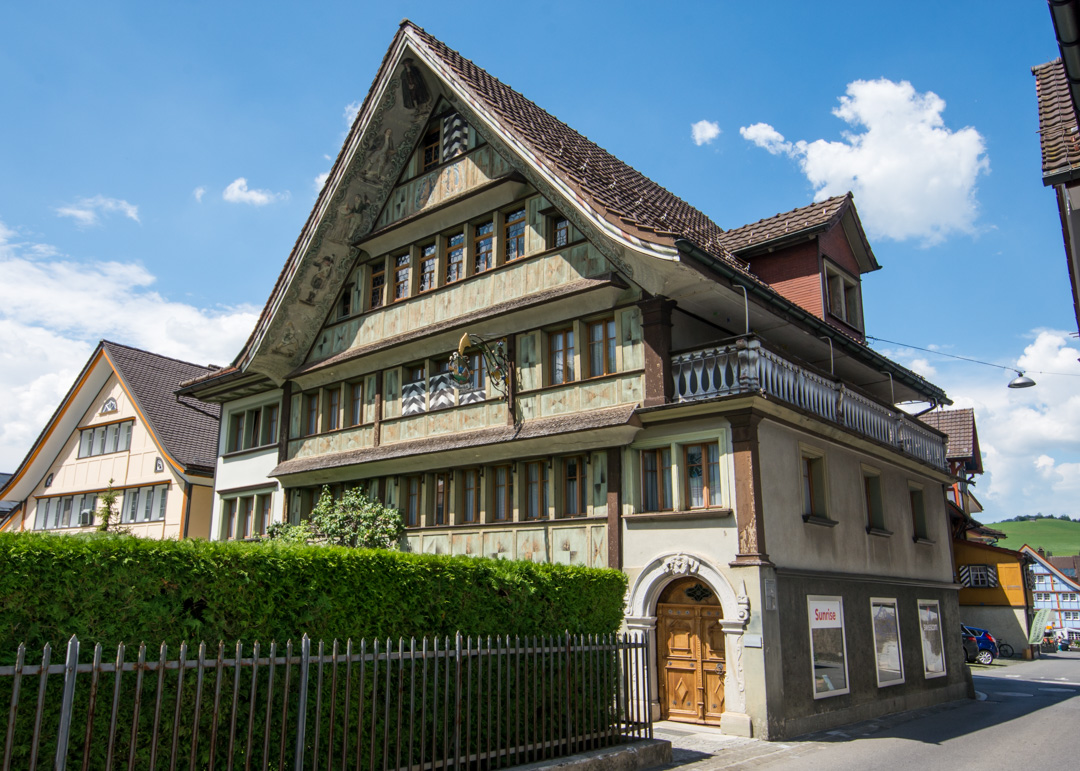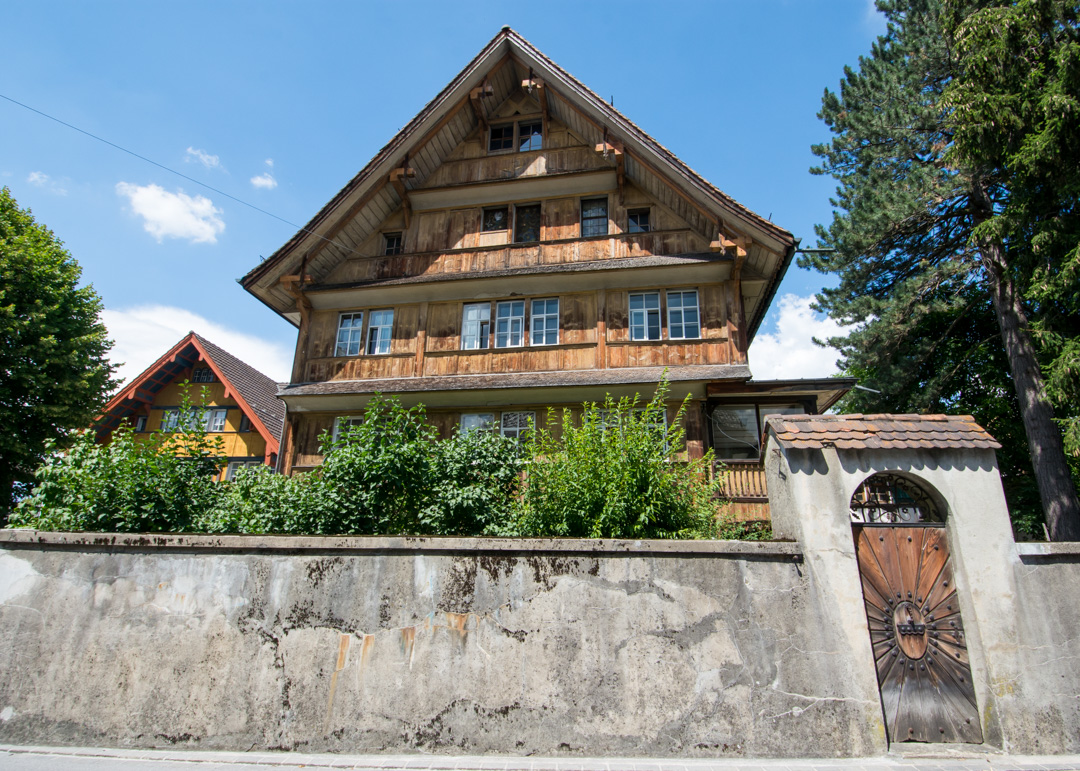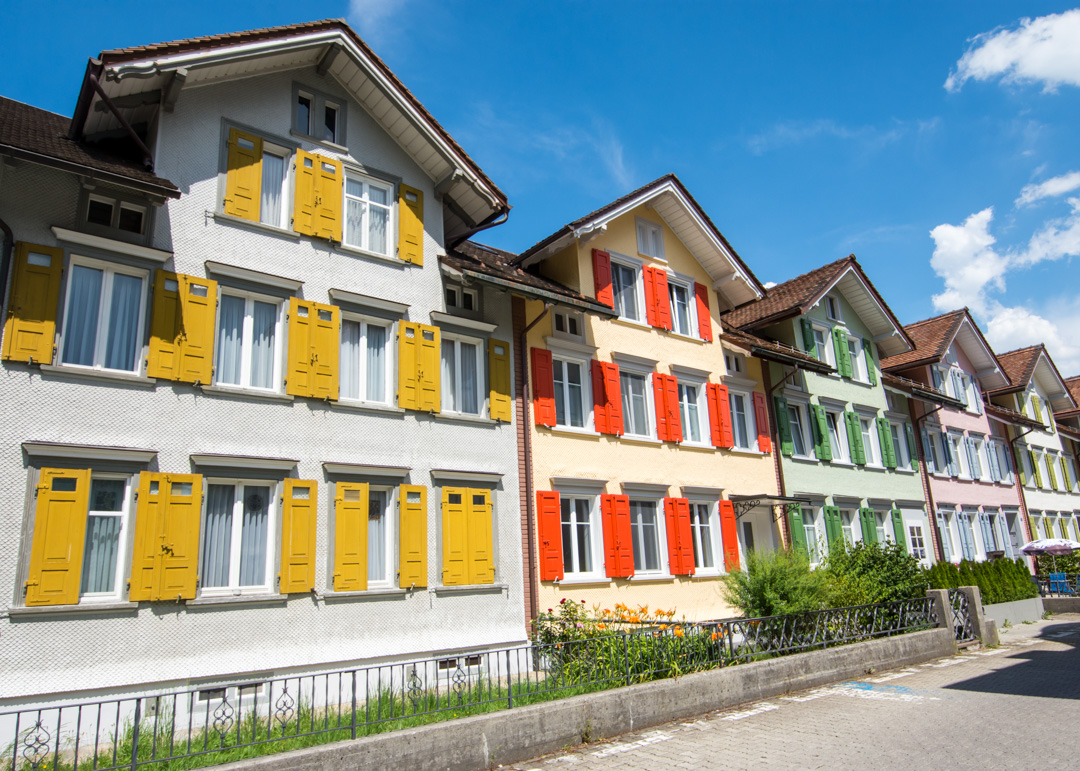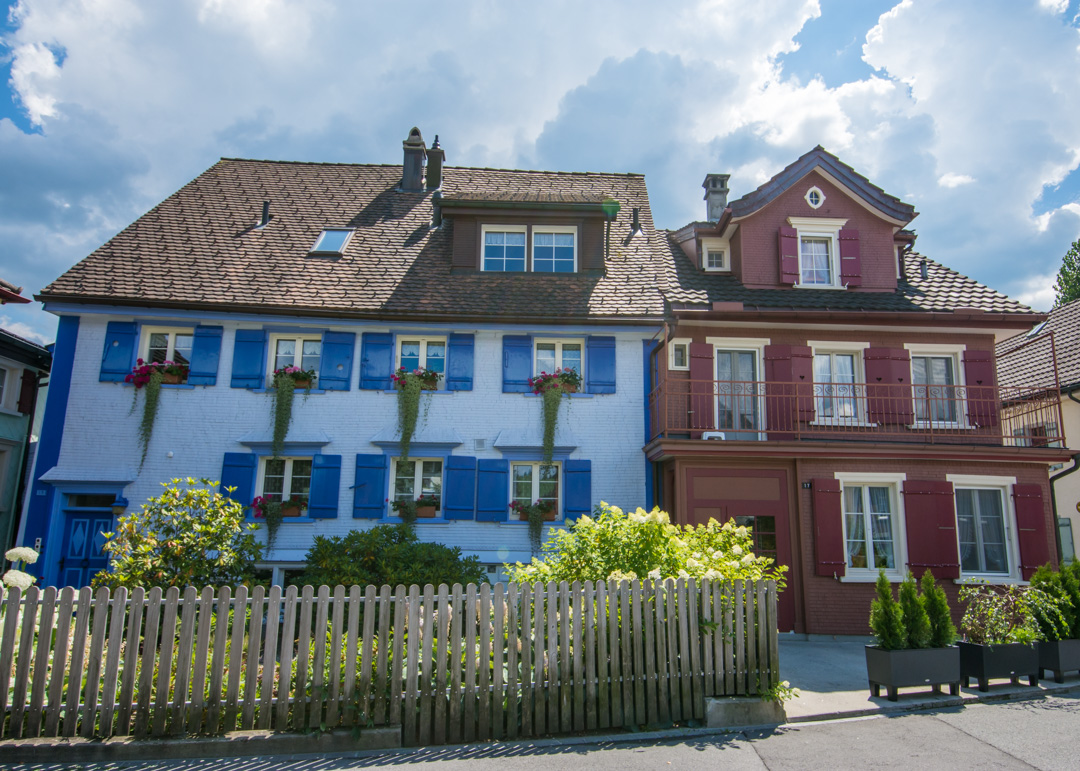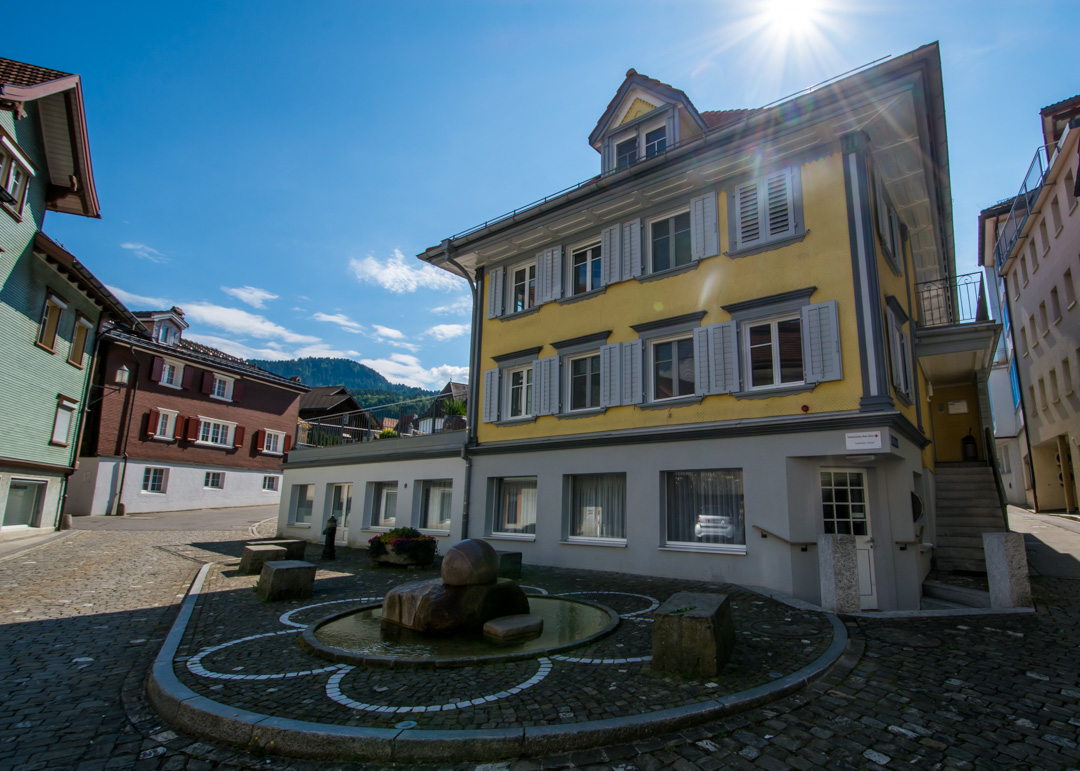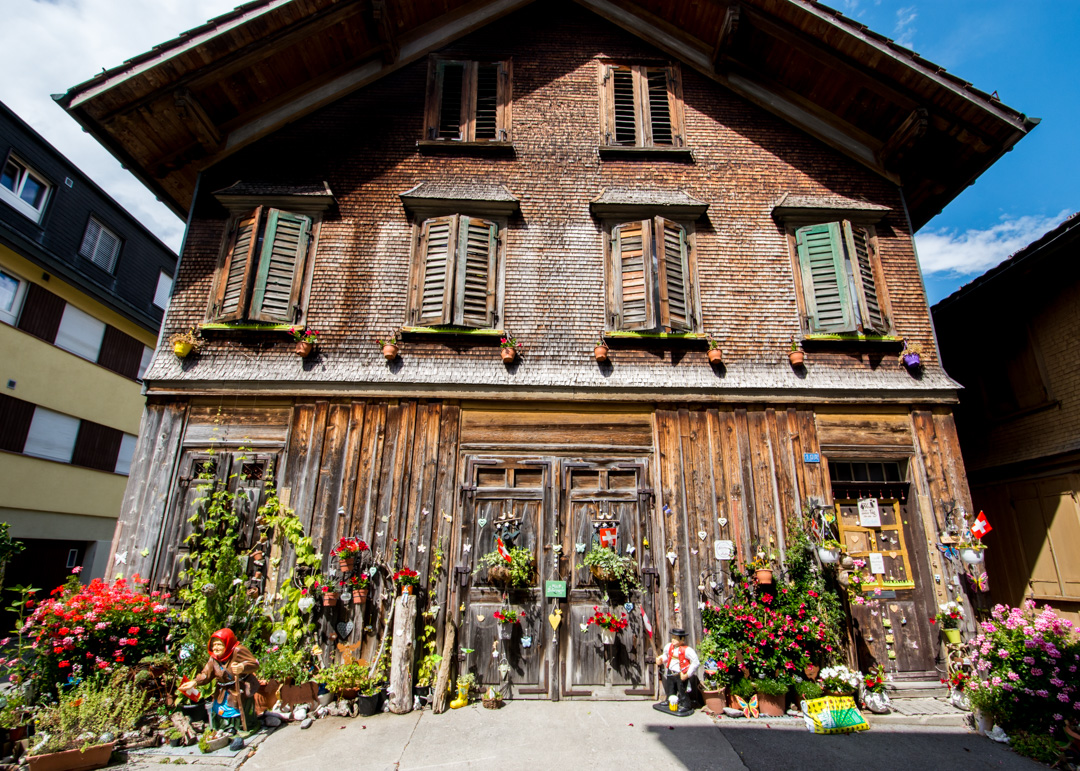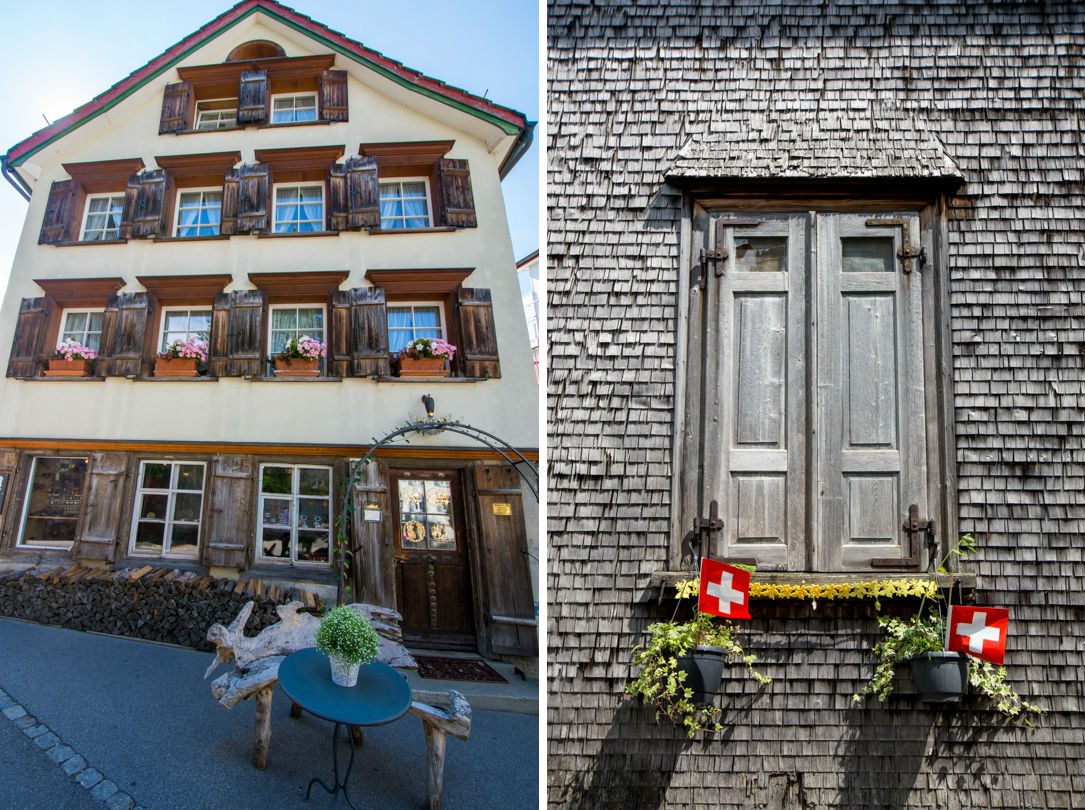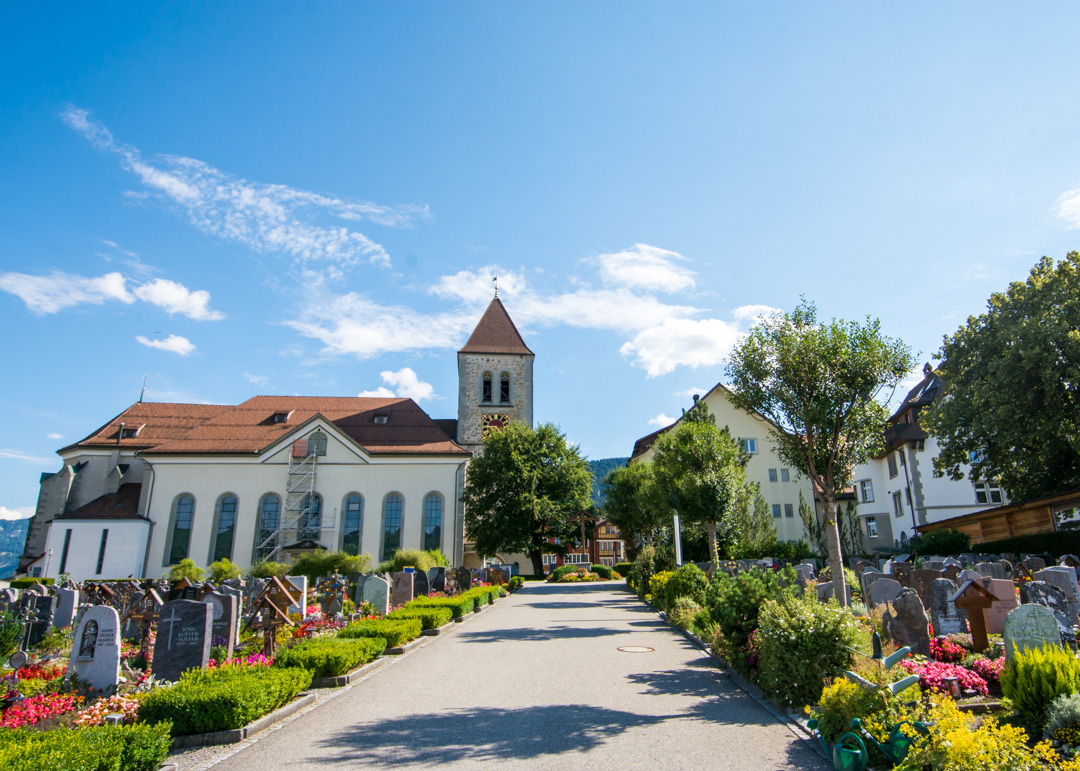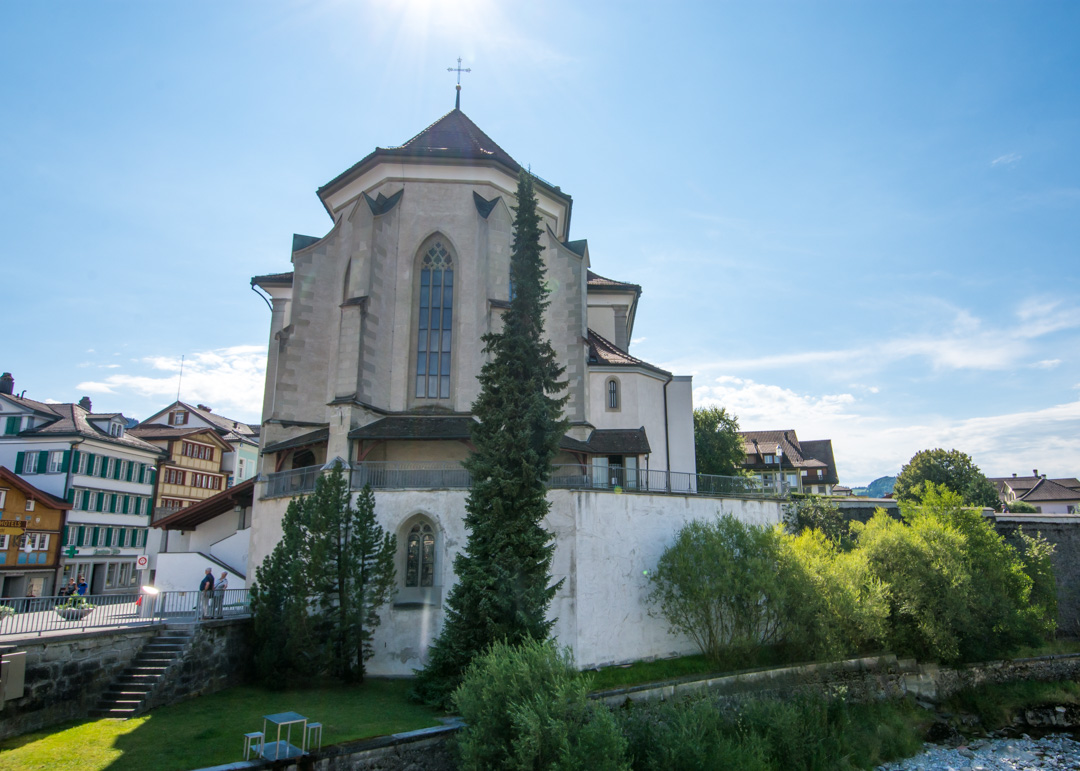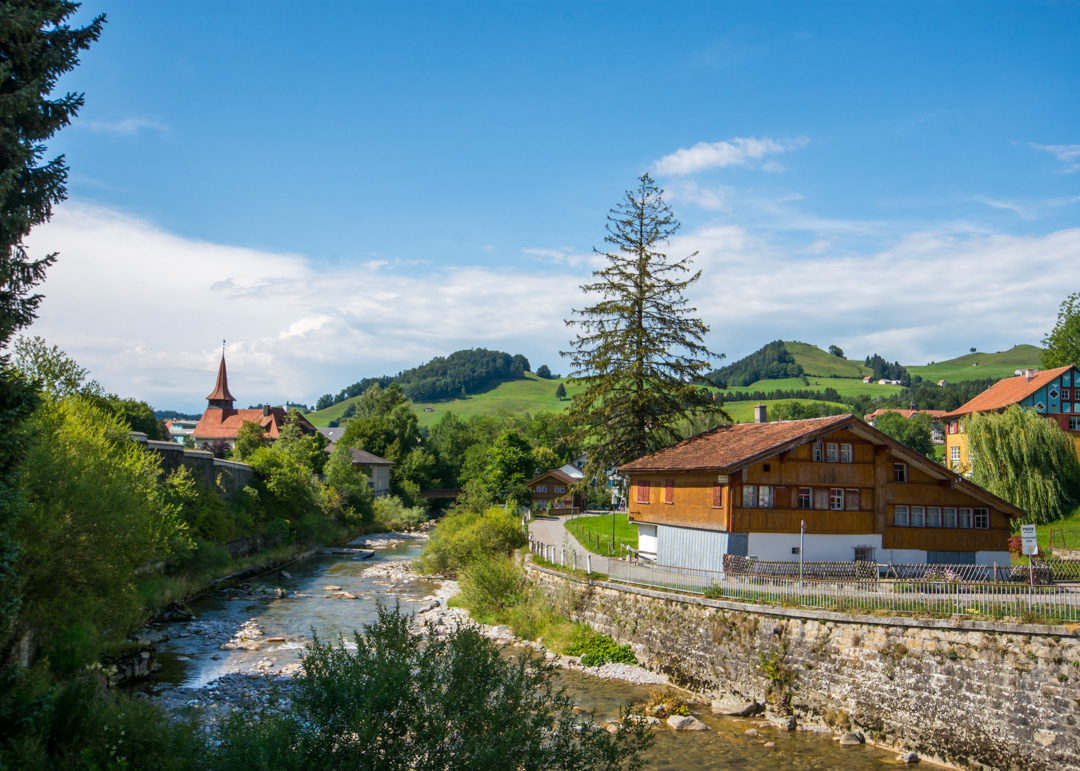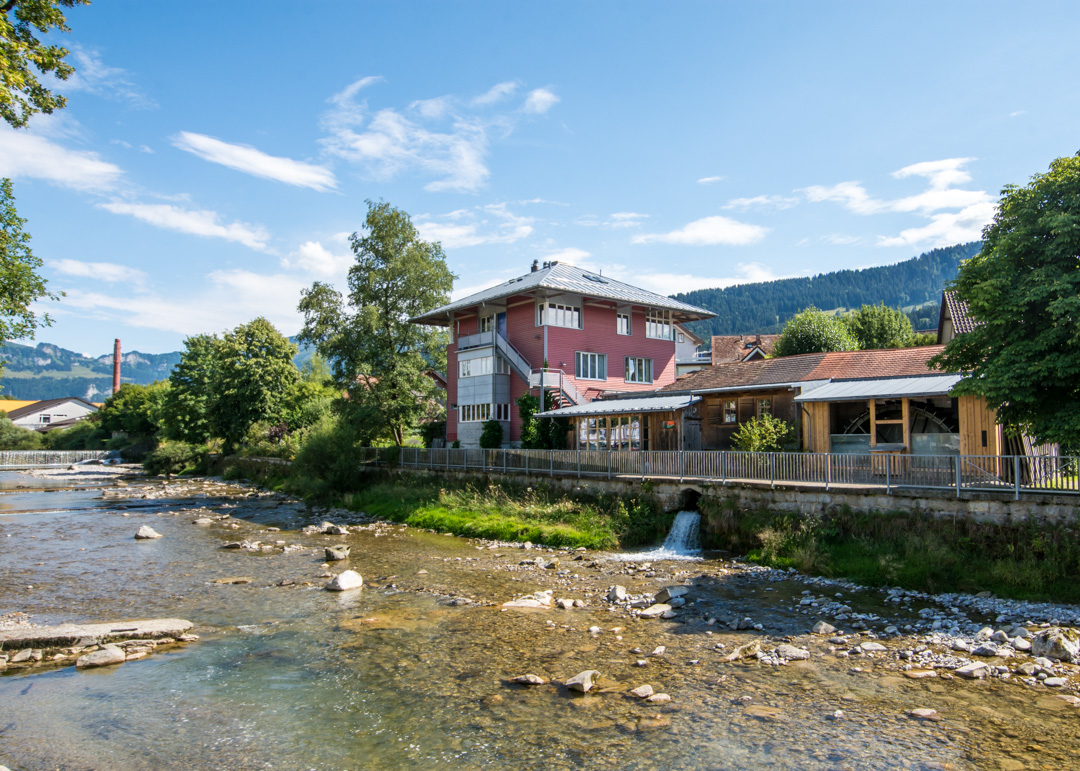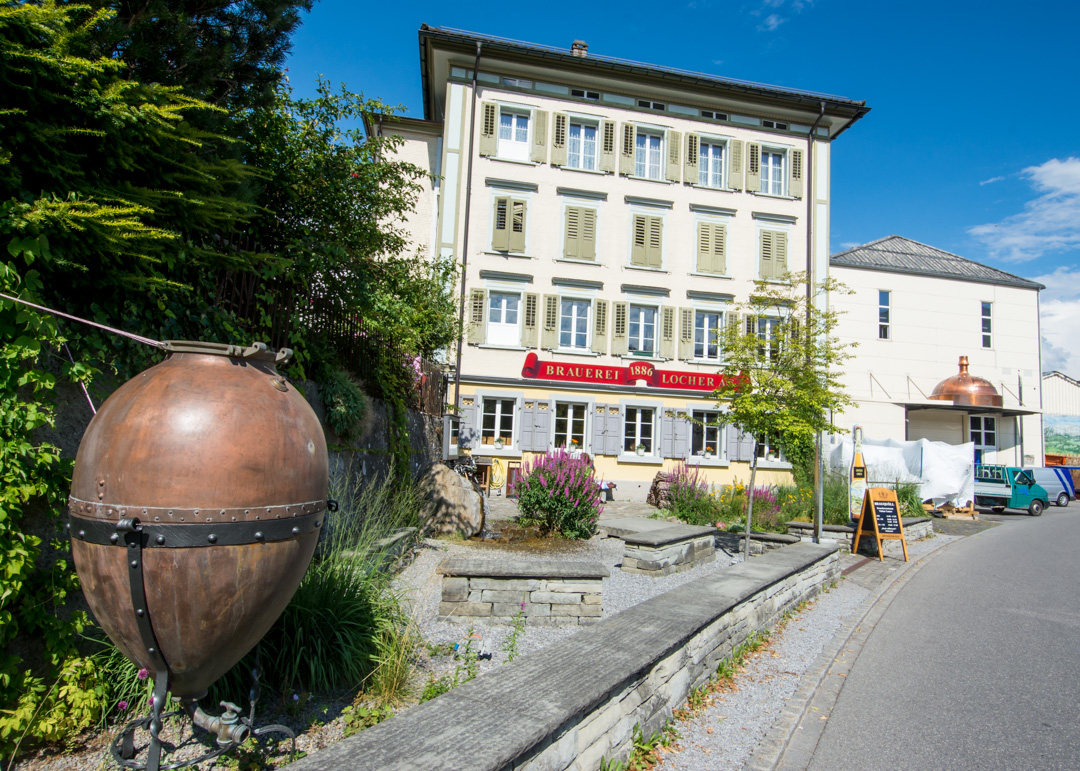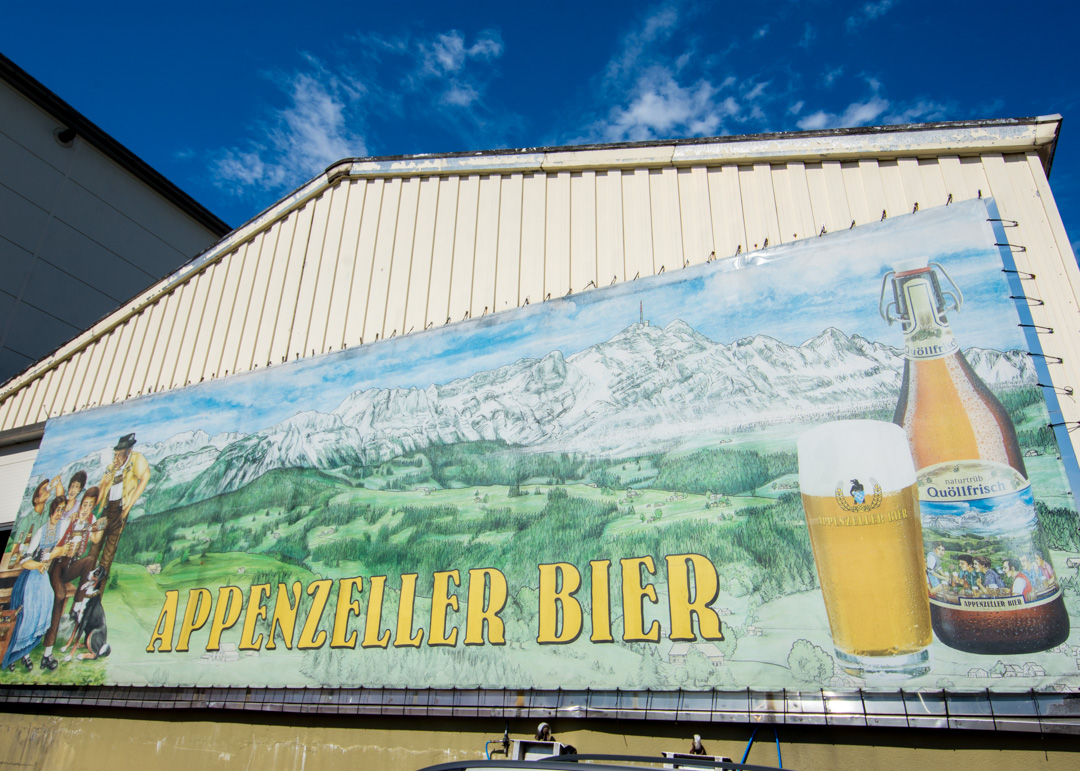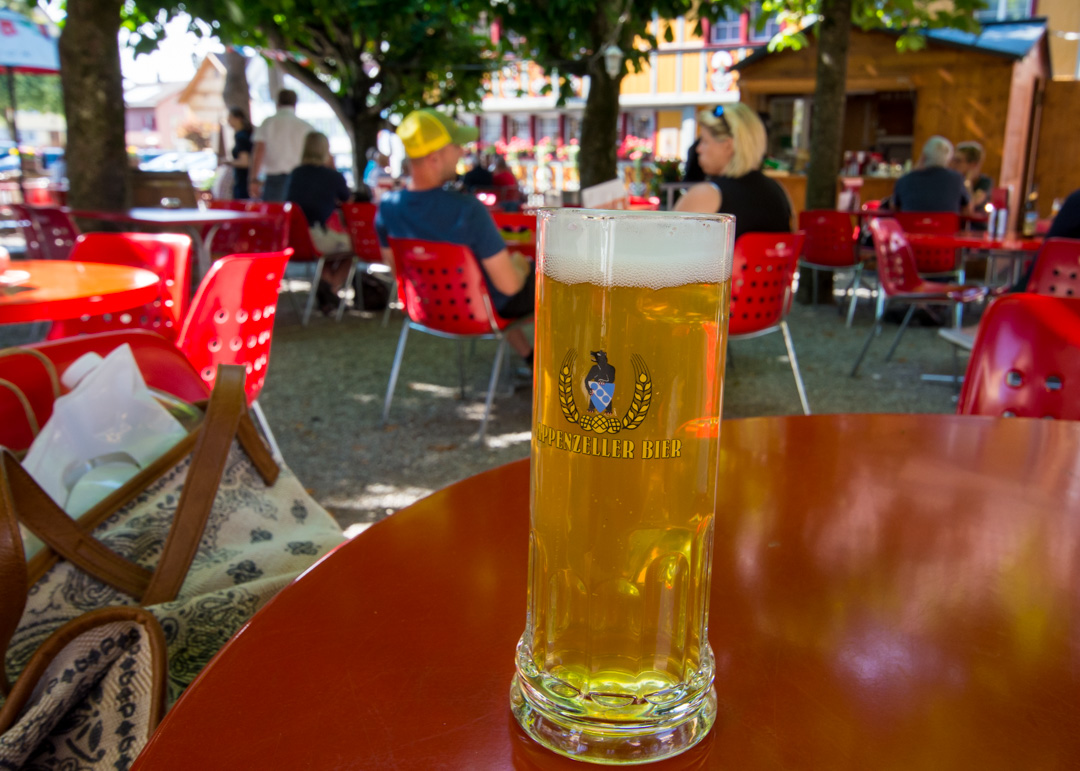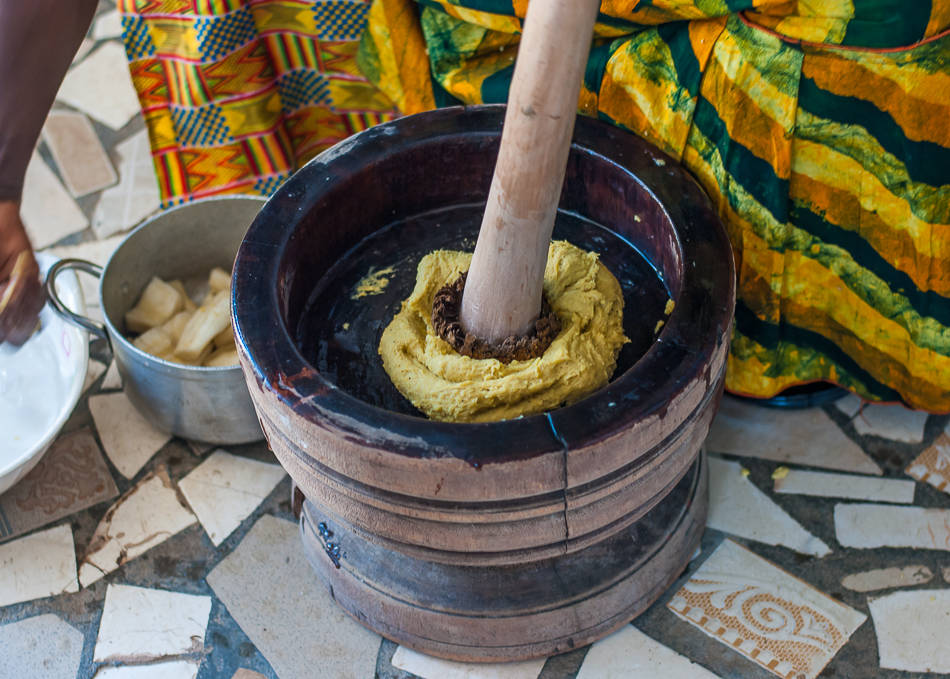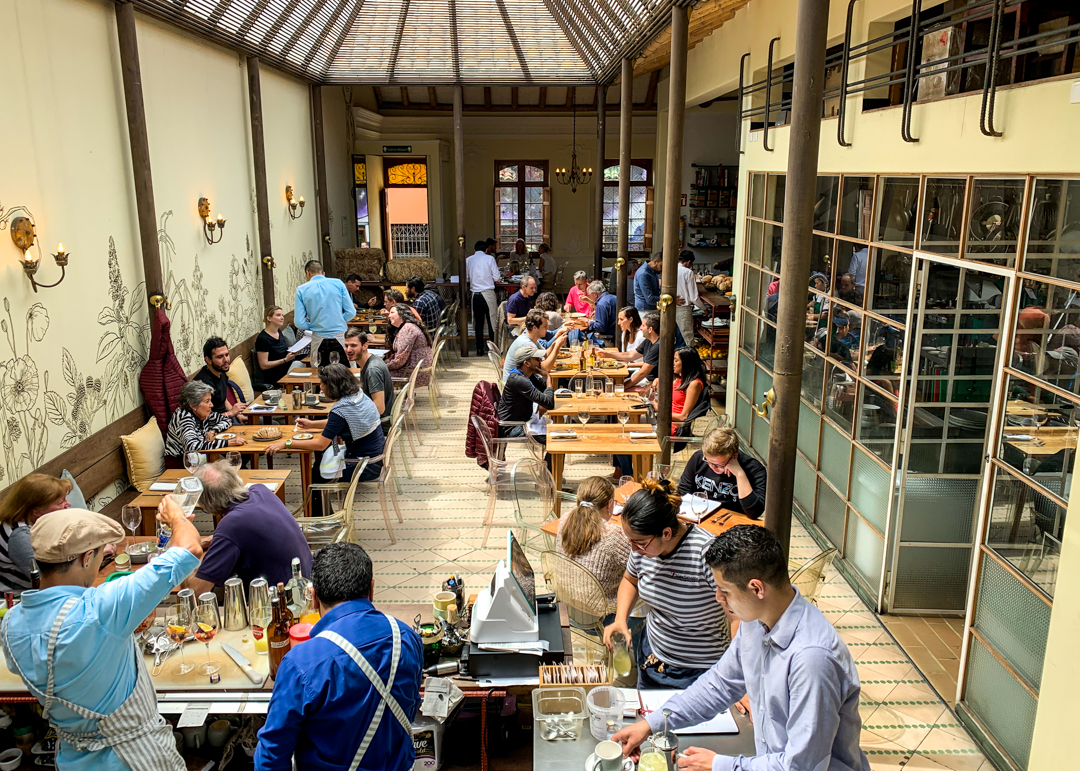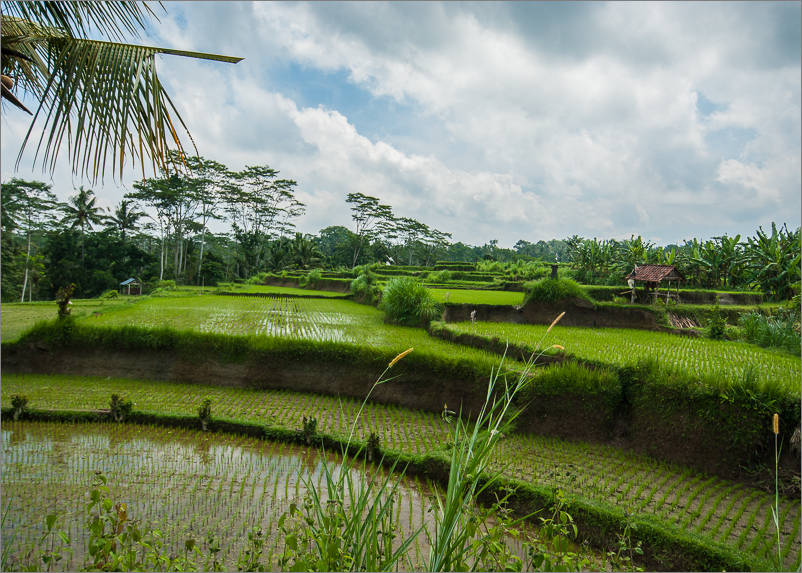One of the reasons I love travelling to Europe so much is how easy it is to change scenery and find yourself in another world after only a brief commute. Case in point, less than two hours from Zürich by train you’re surrounded by the beautiful landscape of rolling hills of the Appenzell.
One of Switzerland’s least-explored regions, Appenzell is everything you think of when dreaming of a typical Swiss experience. Traditional wooden chalets flank the sides of deep green mountains, cow bells ring in the distance, alpine flowers perfume the air and all you’ll want to do is roll down one of these gorgeous hills in the hope to run into Heidi…
You’ll find much fewer tourists in the Appenzell Alps than anywhere else which means you can enjoy the stunning scenery in relative peace. Make your way to Brülisau (take the train to “Weissbad” and then the bus to “Brülisau, Kastenbahn”) to get to the summit of Hoher Kasten, a mountain easily accessible with a cable car.
It’s a hiking paradise with 400 km of trails and over 20 mountain guesthouses where you can eat, drink and stay the night.
Once you reach the top at 1795m, you’ll be rewarded with many magnificent views extending far beyond the borders.
A circular path runs all around the summit to get a 360 degrees perspective of the area, with the Rhine River cutting through the valley down below.
Don’t forget to stop and smell the flowers. With over 192 Alpine species, at the right time the summit is entirely covered in a rainbow of wildflowers.
Five platforms have been set up at the main viewpoints and give incredible views as well as useful information on all the identifiable peaks around you.
The cherry on the cake though has to be the revolving restaurant at the top…
You can keep on feasting your eyes on the incredible landscape as you sample some fine traditional Swiss cuisine. The restaurant slowly rotates once per hour, offering a true panoramic view in slow motion.
Back down in the valley, make your way to the canton’s capital, aptly named Appenzell. This tiny village is probably the most traditional in all of Switzerland. Wandering its historic streets is really the closest you’ll get to your childhood’s storybooks.
This is what Switzerland looked like a few centuries ago, with colorful buildings covered in frescoes everywhere you look, flower boxes bursting with Alpine beauties, and old-fashioned signs decorating every shops.
On the main street, or Hauptgasse, you’ll find the impressive town hall with its façade painted by August Schmid from Diessenhofen (1928).
Equally striking is the Löwen pharmacy with beautifully painted medicinal herbs on the round-arched panels covering the shutters.
Every building is worth tilting your head upwards for a while and imagine the pretty interiors they must be hiding.
Quaint little shops are all over the old town and you’ll be able to find a unique souvenir to bring home, whether it’s a cow bell, pretty lace curtains, traditional costumes, or the eponymous (tasty but very stinky!) local cheese.
Just peeking into this home decor store gave me years of envy for such wooden craftsmanship – I mean look at that door and this elaborate buffet!
While main street can get busy, it’s surprisingly easy to stumble upon a quiet square and sit by the fountain to take in the colorful panorama.
Blumen Barbara is the kind of gorgeous flower shop you wish you had back home, and unfortunately not the kind of souvenirs you can easily bring with you…
Customs and traditions are still very much alive outside of the architecture. You’ll notice plenty of skilled metal works and sculptures throughout the town, in backyards and front stoops, for both decor and house use.
More treasures await when you explore beyond the tiny center, and excursions into the neighboring lanes are sure to bring yet more stunning photos.
The Konkordia House from the 17th century with its steep gabled roof is another outstanding building at the edge of the old town. Get up close to see the beautiful paintings under the eaves representing the eight ages of man.
Even modern buildings have embraced the color spectrum.
The nearly 1000 year old church is worth a stop for its frescoes and stained glass windows, but it’s the cemetery with views into the surrounding hills that I found most beautiful.
The back of the church sits right by the river Sitter and the small bridge that connects to the modern town.
Although only a few steps long, the bridge offers a splendid perspective on the village and the bucolic surroundings.
From here you can see Hoher Kasten in the distance and quite a few thriving industries.
One in particular you shouldn’t miss is the brewery that awaits right on the other side. The family-owned Brauerei Locher has been in business since 1886 and still makes all their beers by hand with only the best local ingredients.
They’re known for experimenting with flavors (think rice beer, mulled beer, honey beer, alpine flower beer, etc.) though their traditional beers have also achieved wide acclaim.
You can tour the brewery, taste their products and purchase bottles to bring home…and you can also, as I recommend you do, stop at one of the lovely beer gardens in town to slowly savor a pint of their Appenzeller Bier. It’s the best way to end the day in this charming little town.

